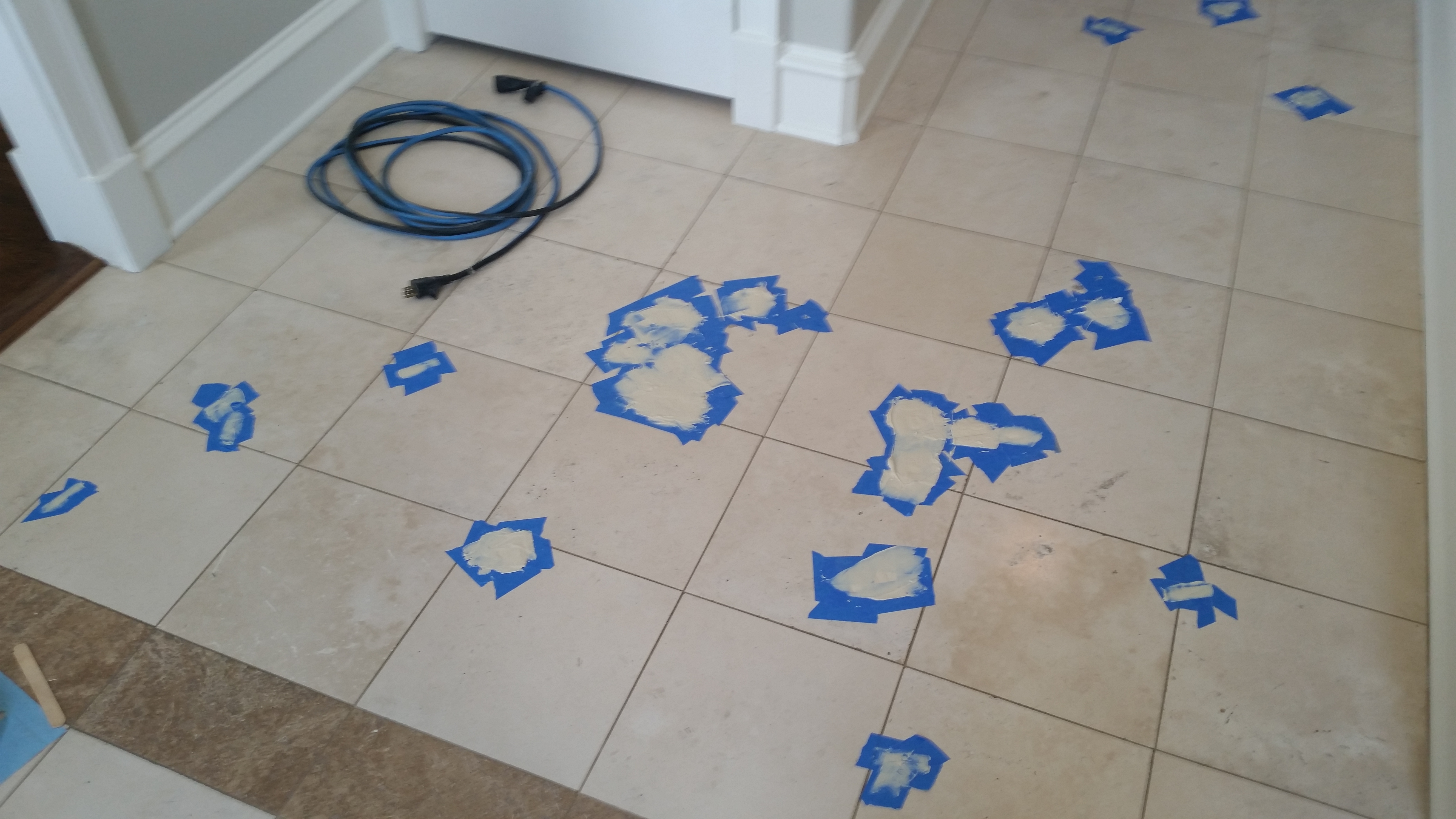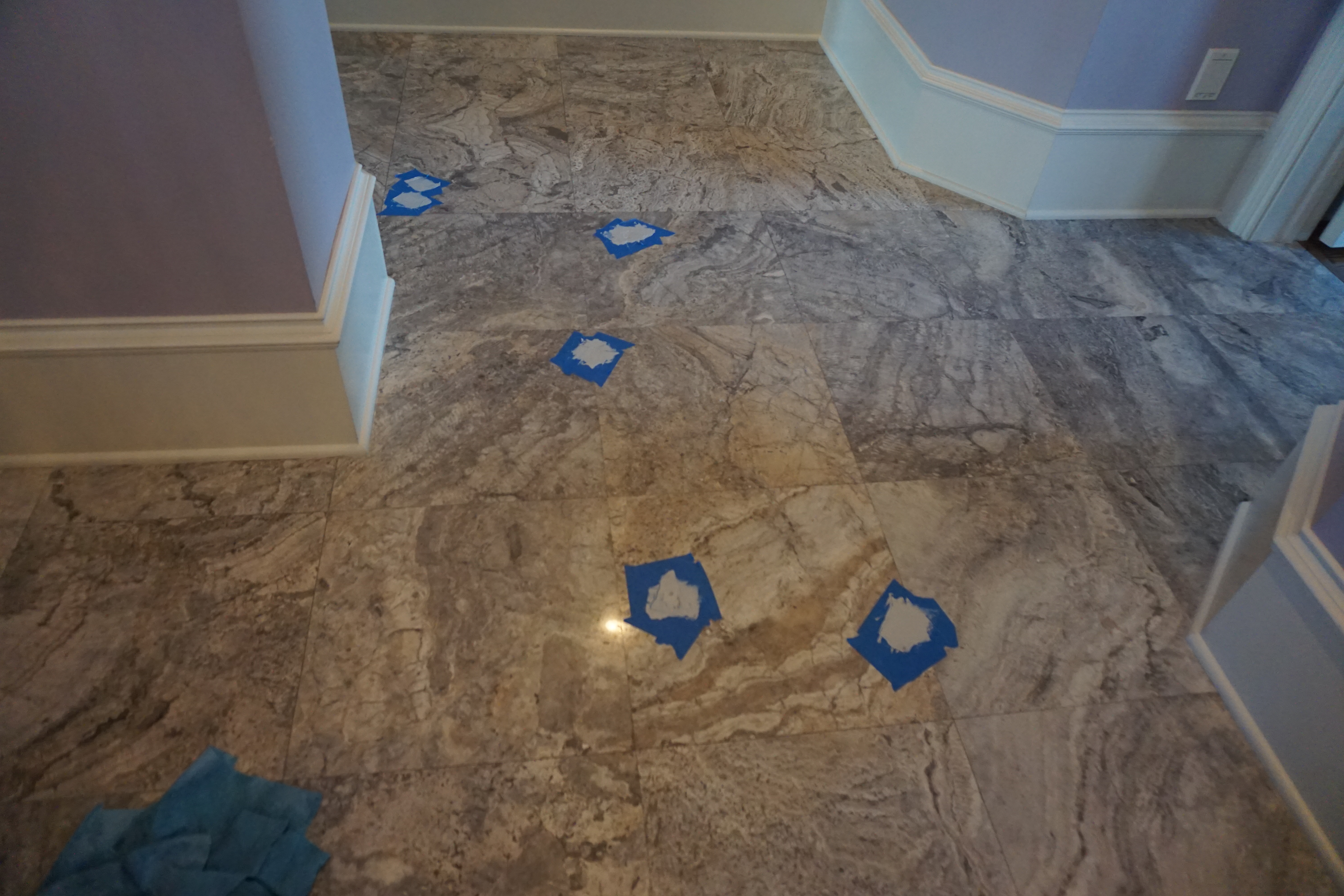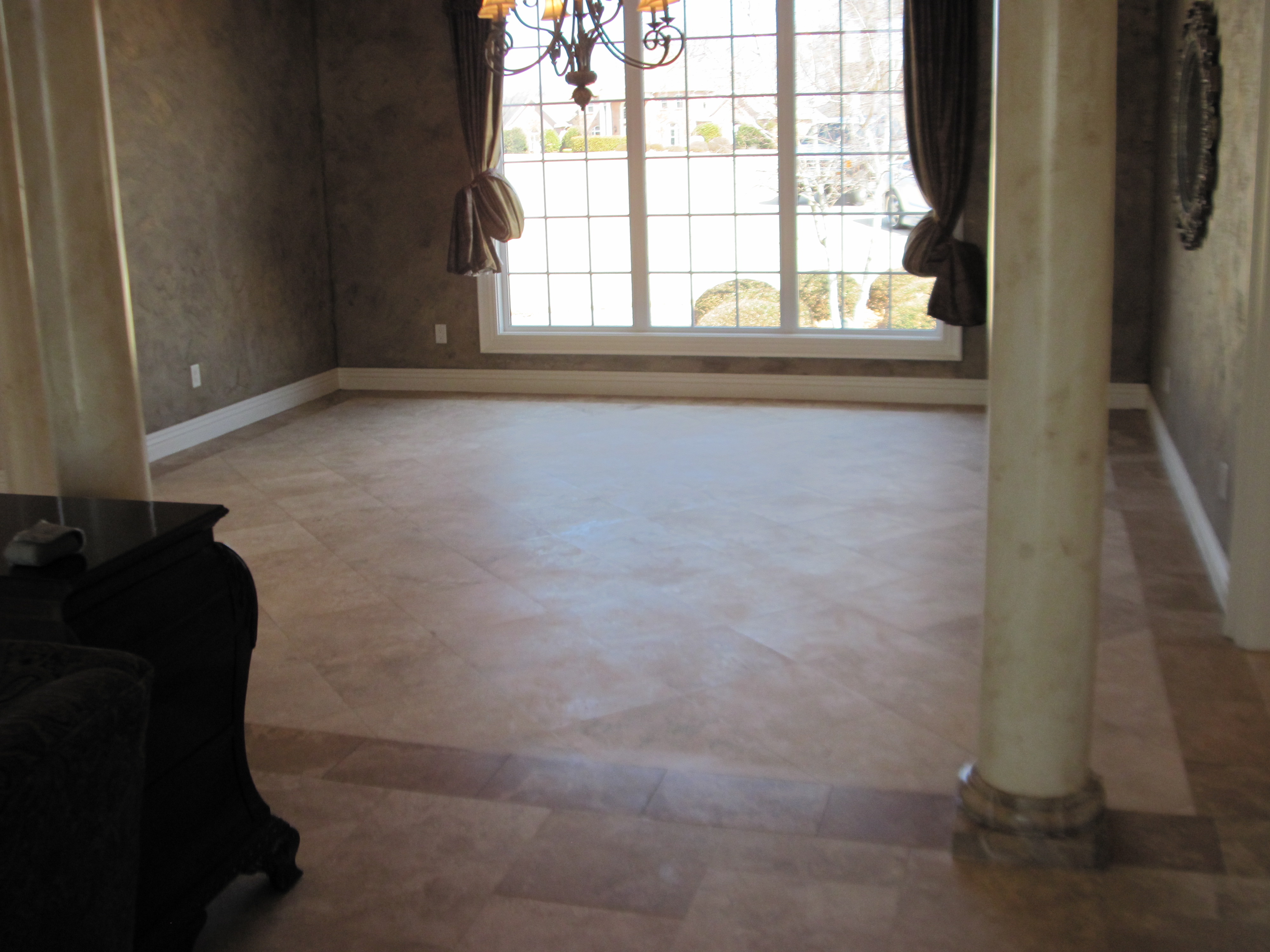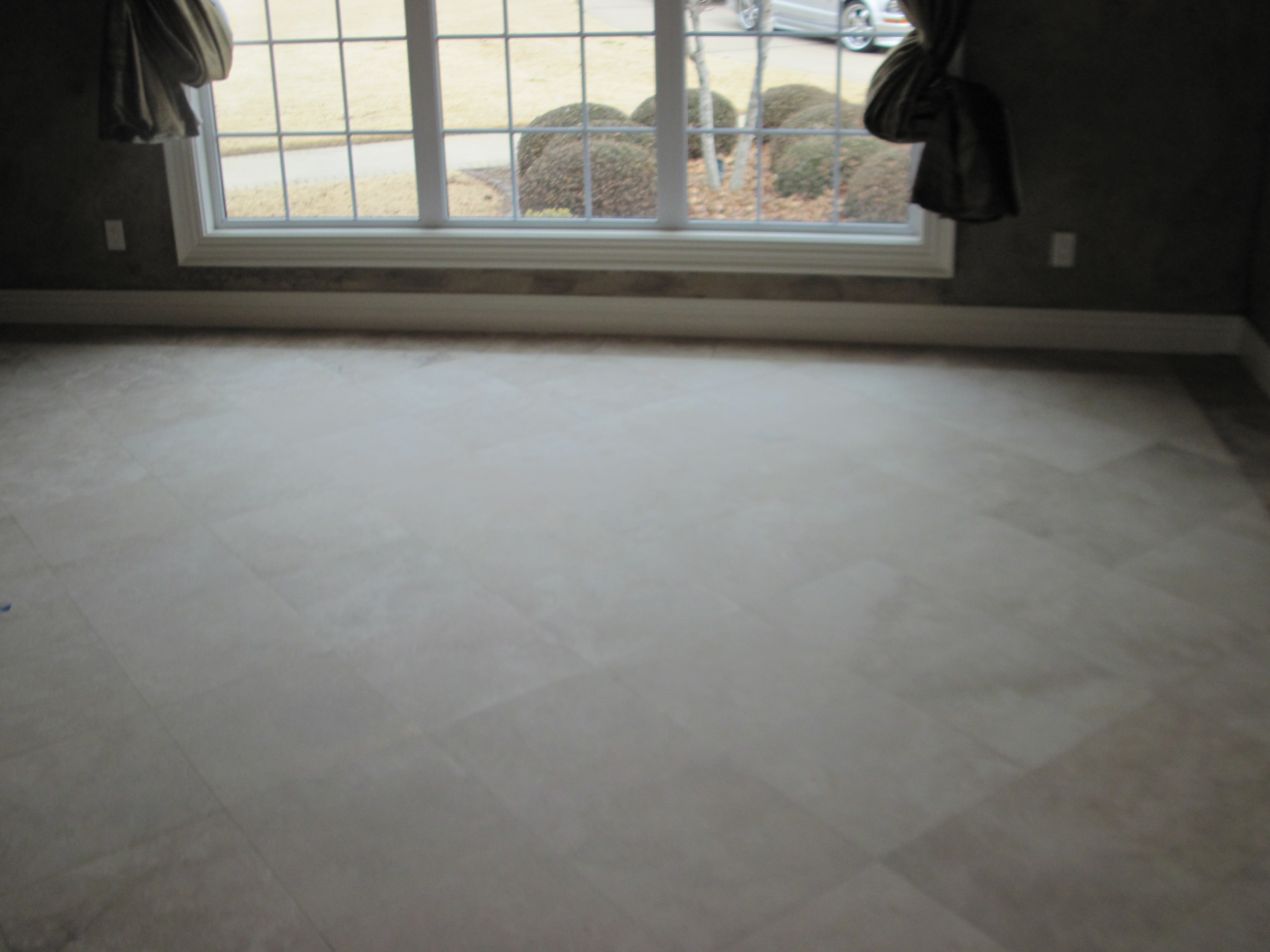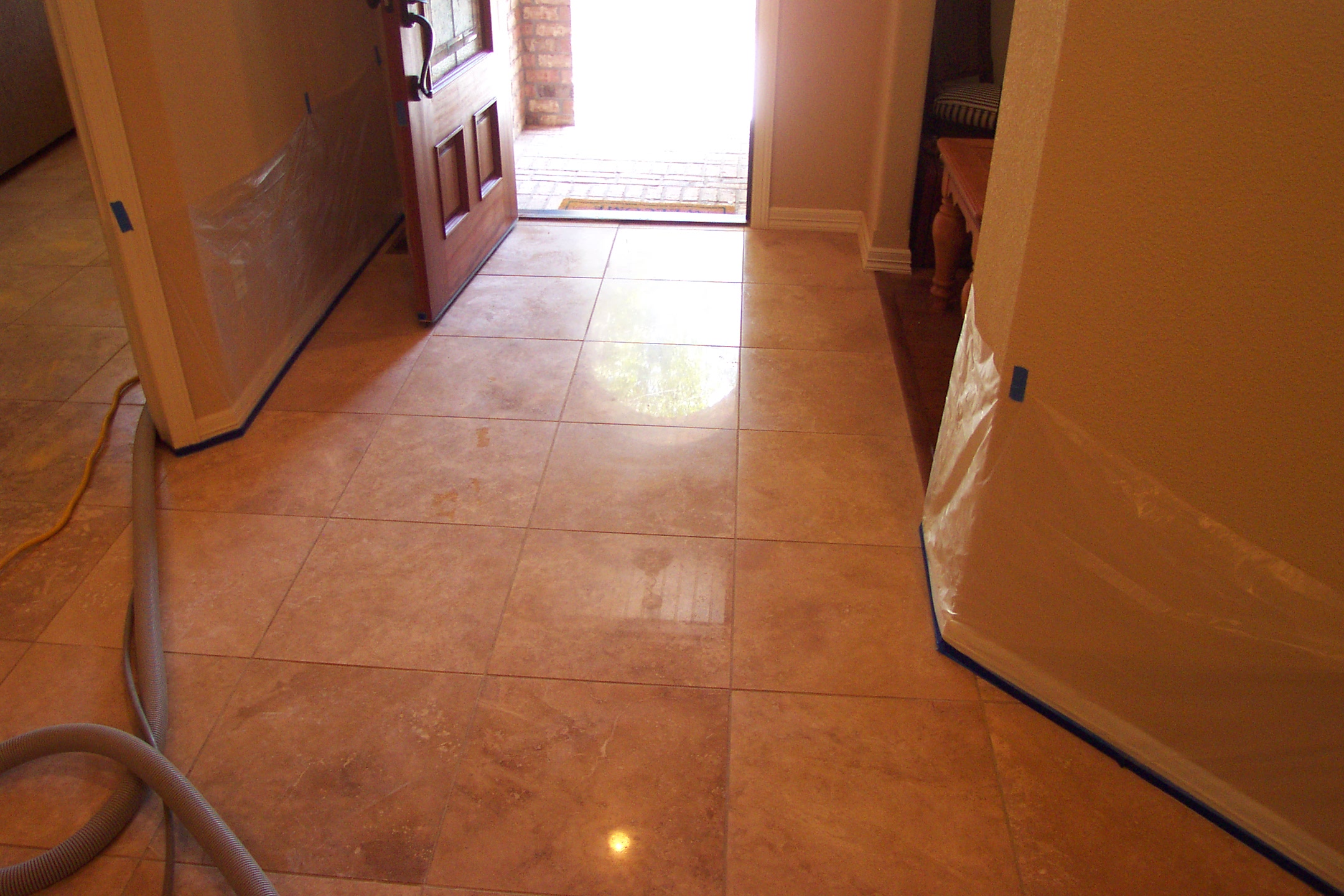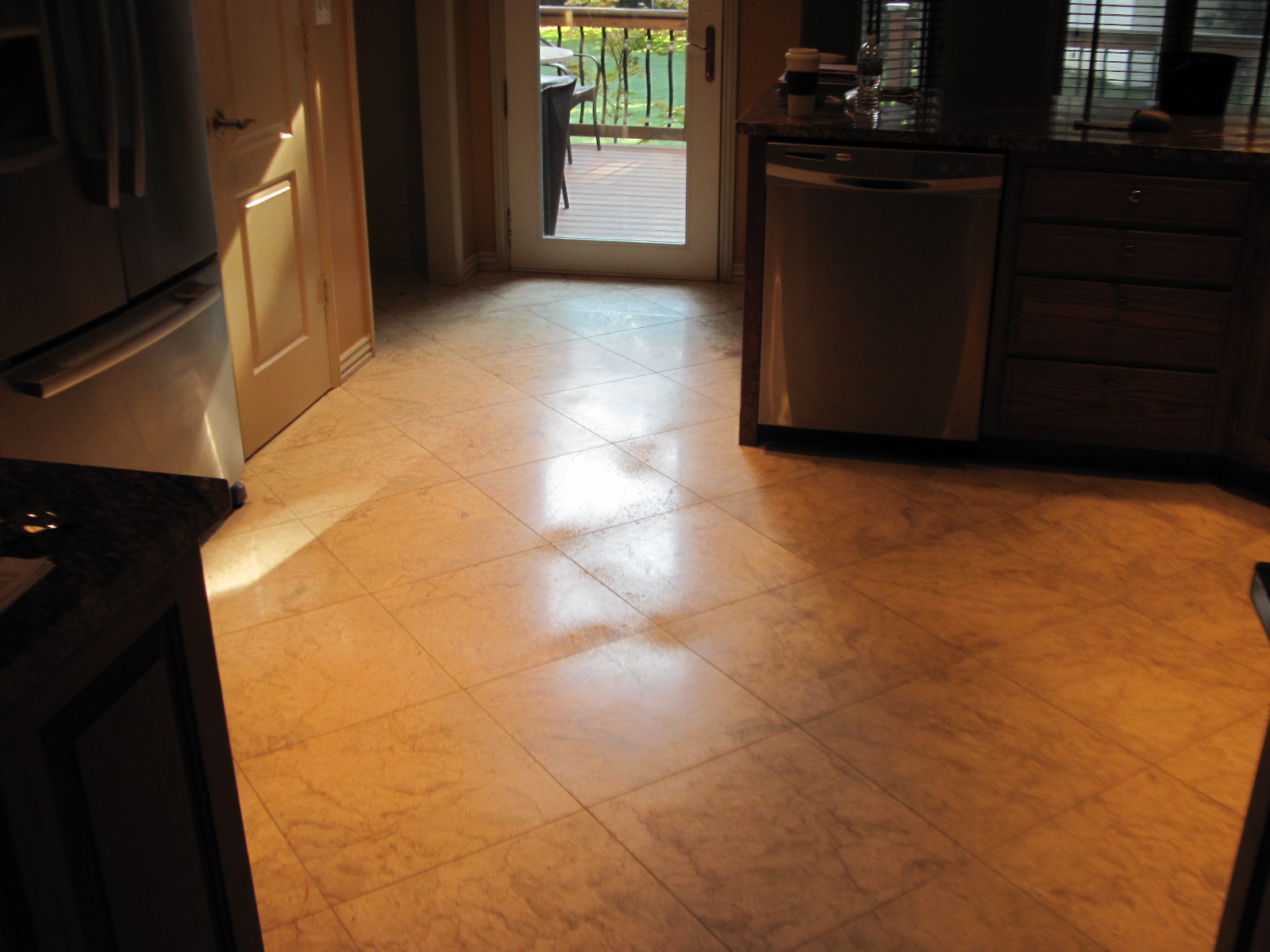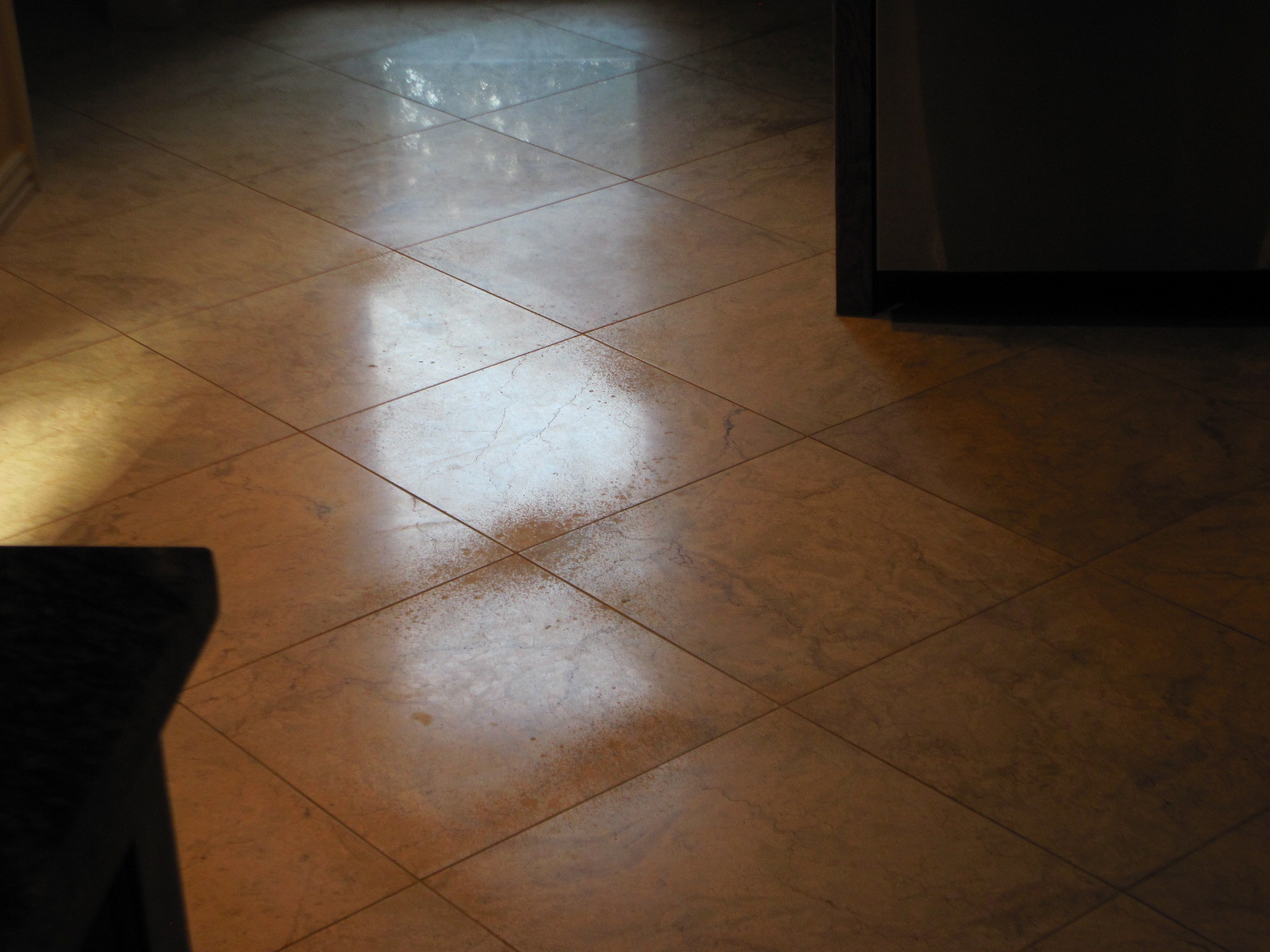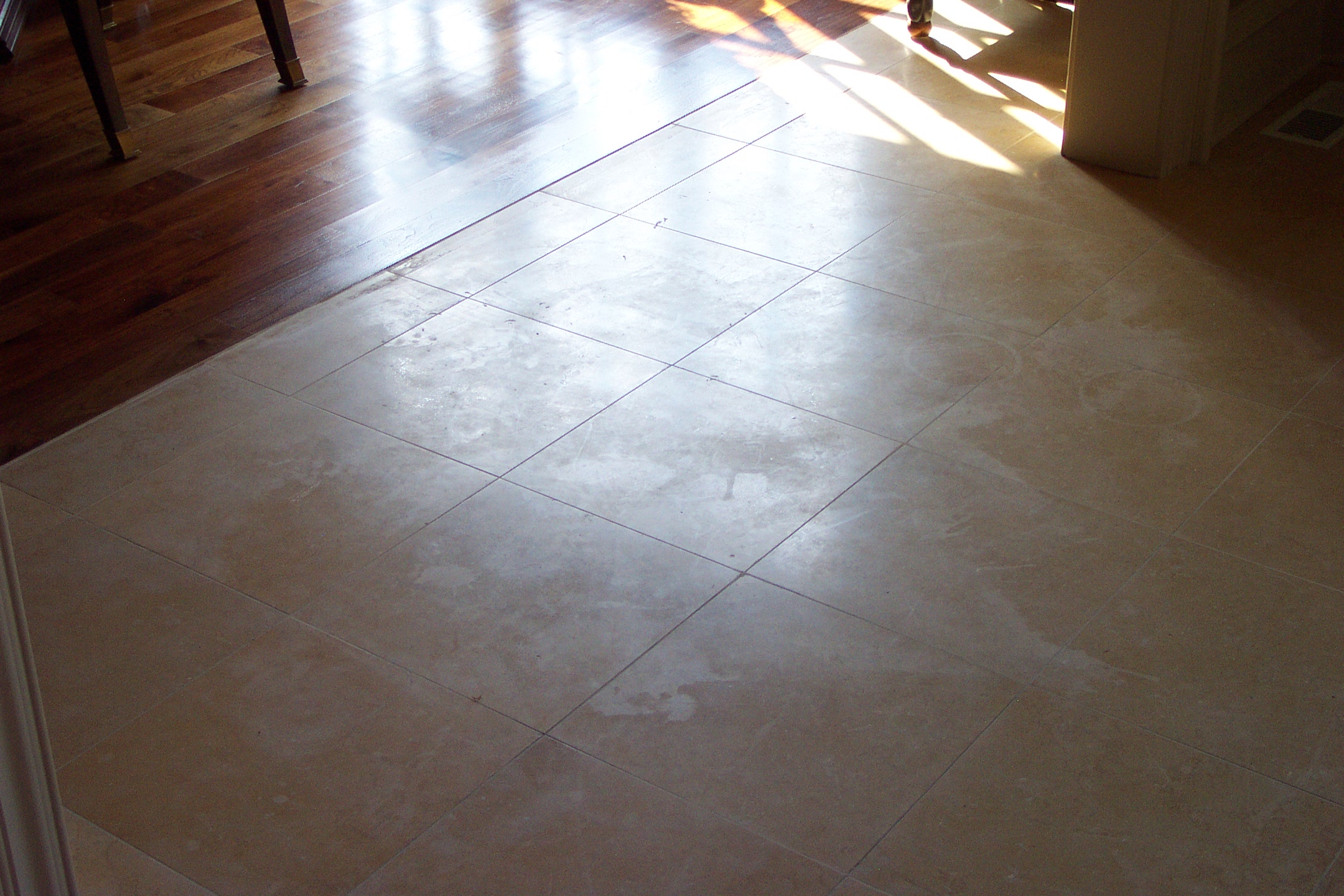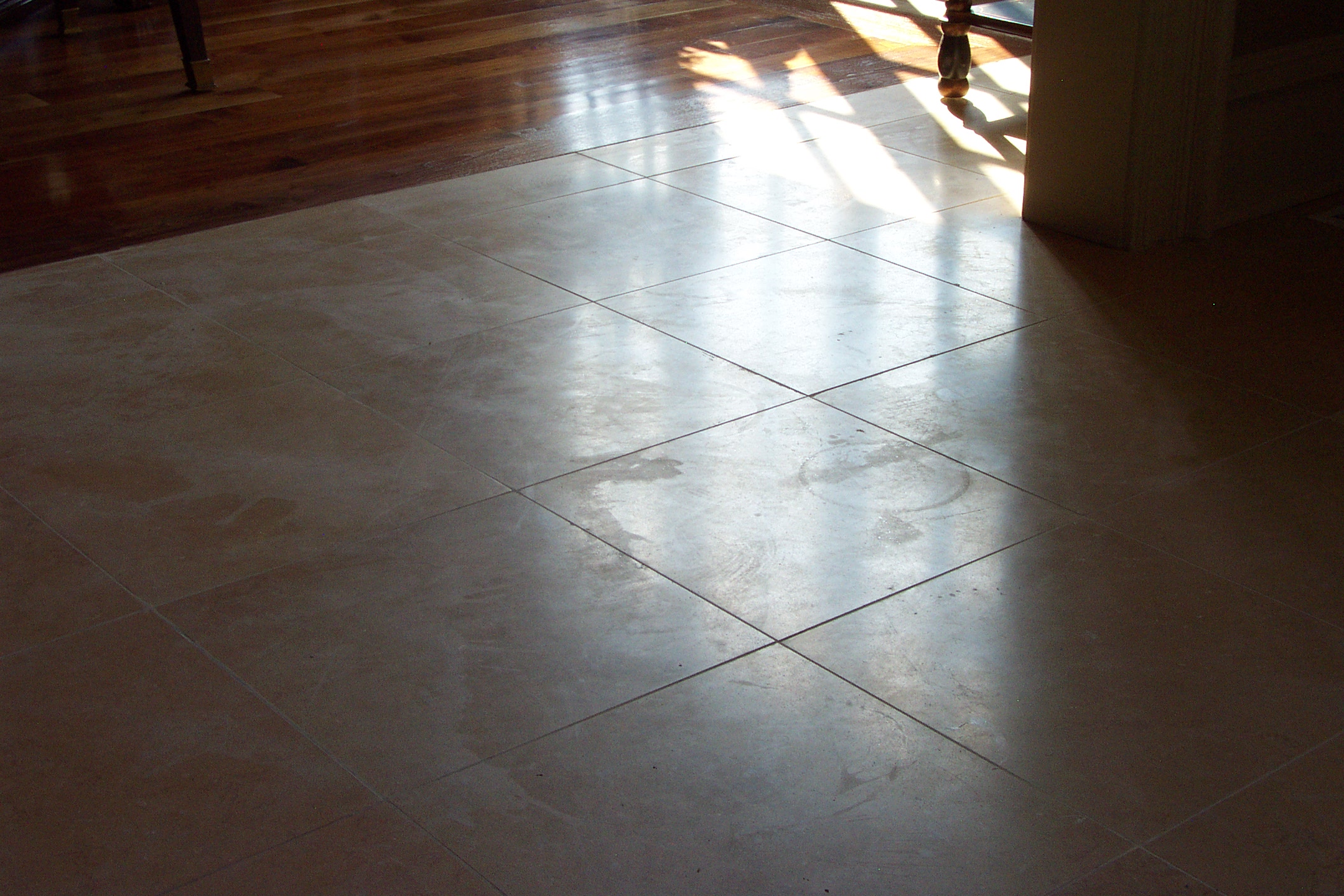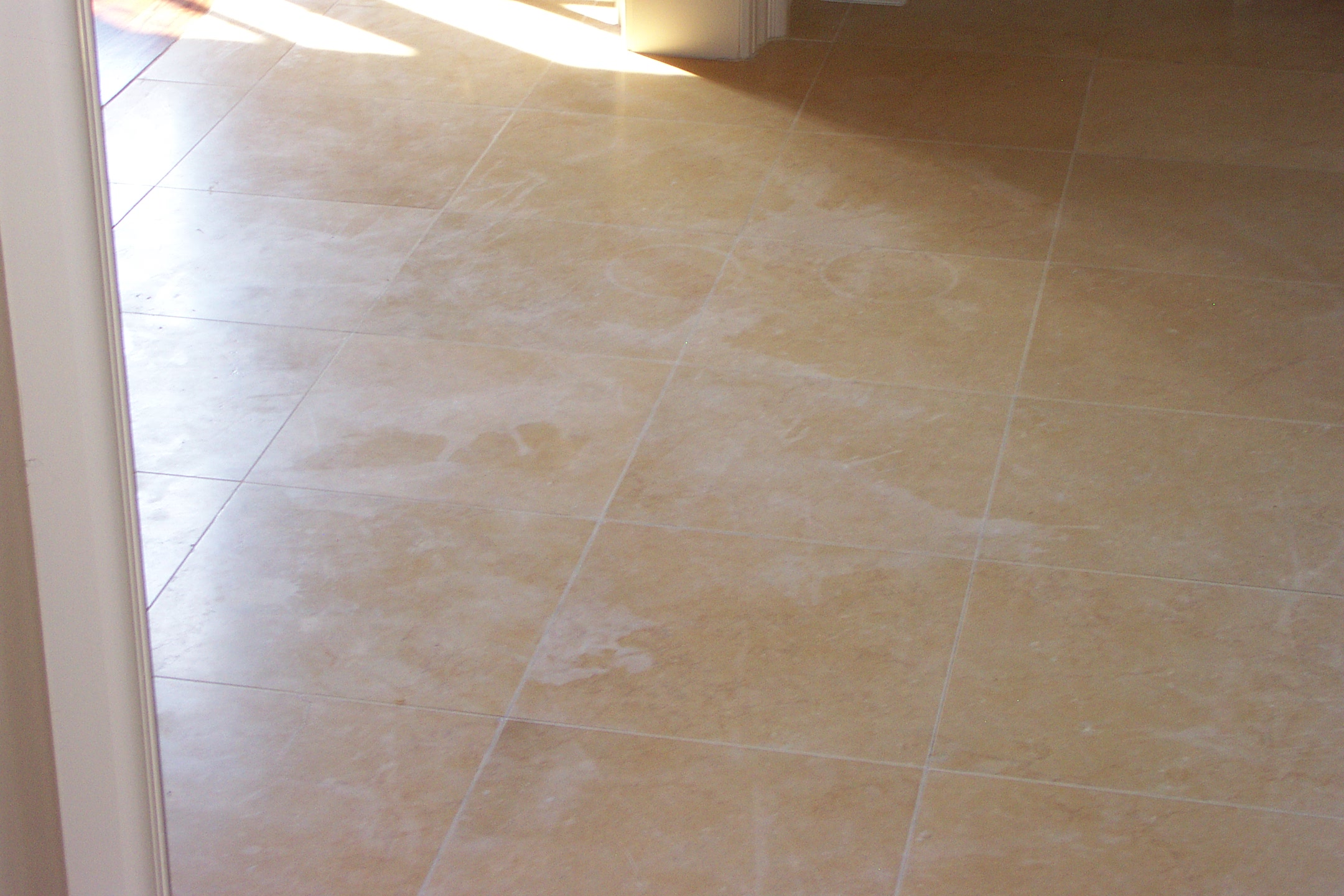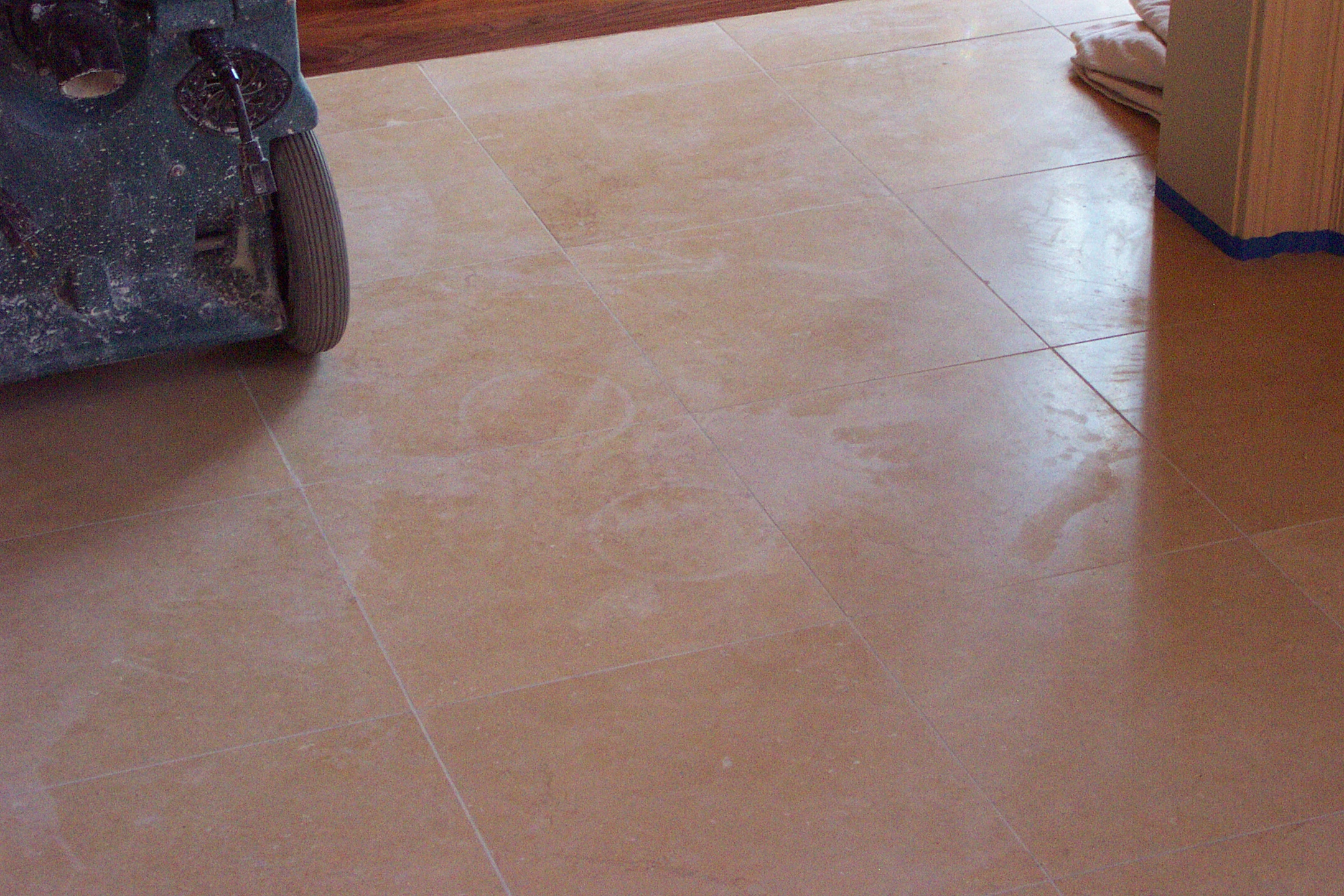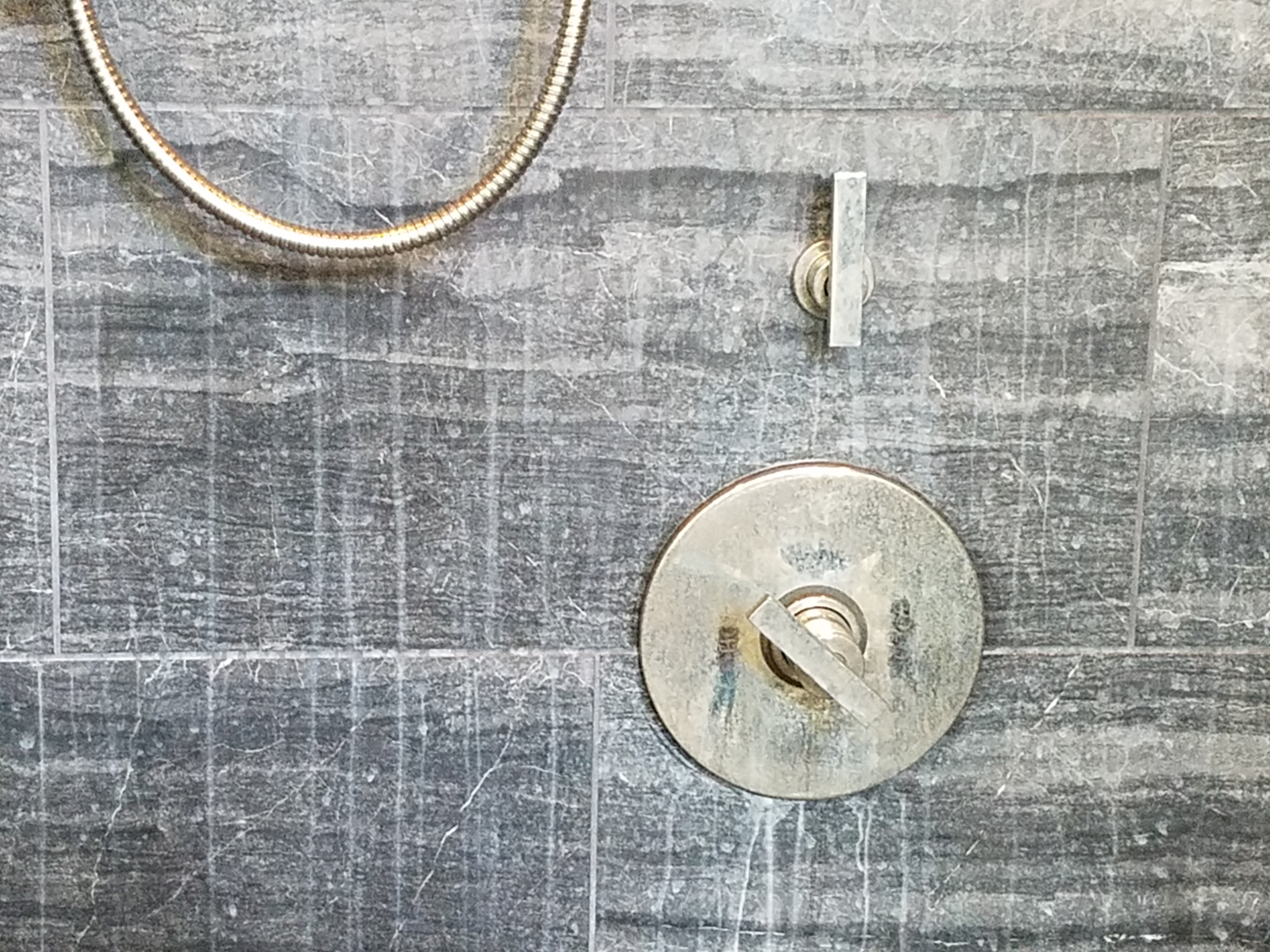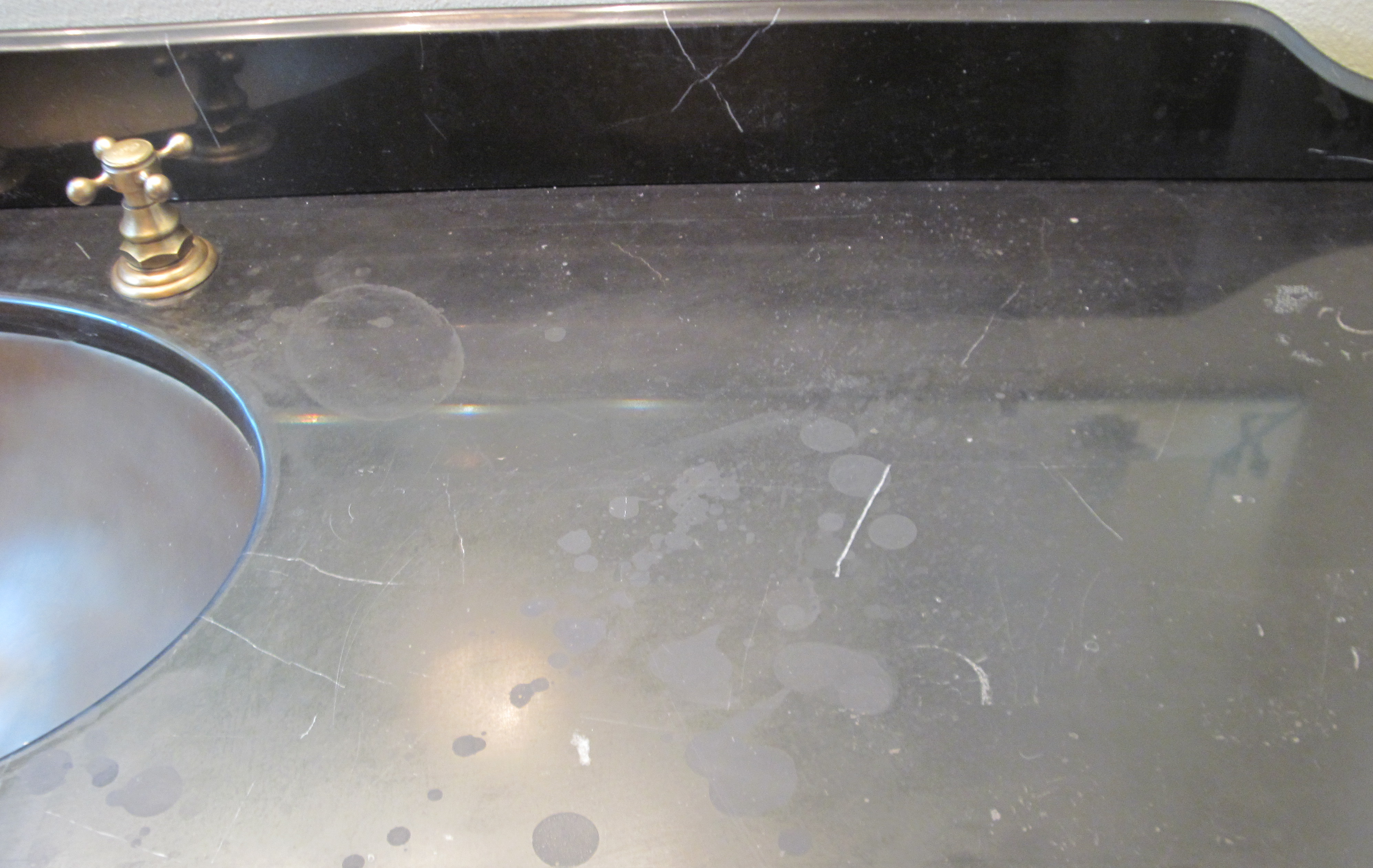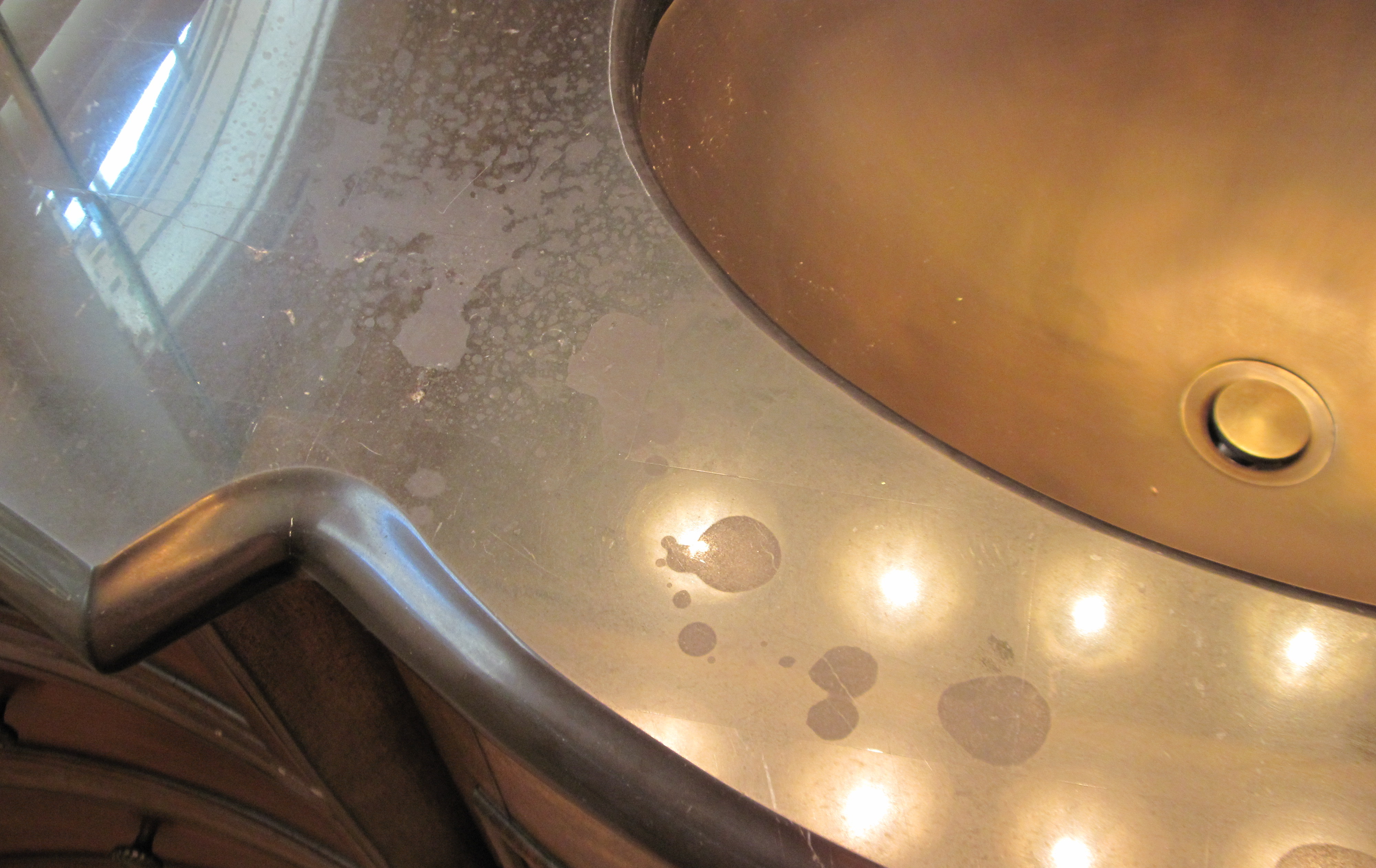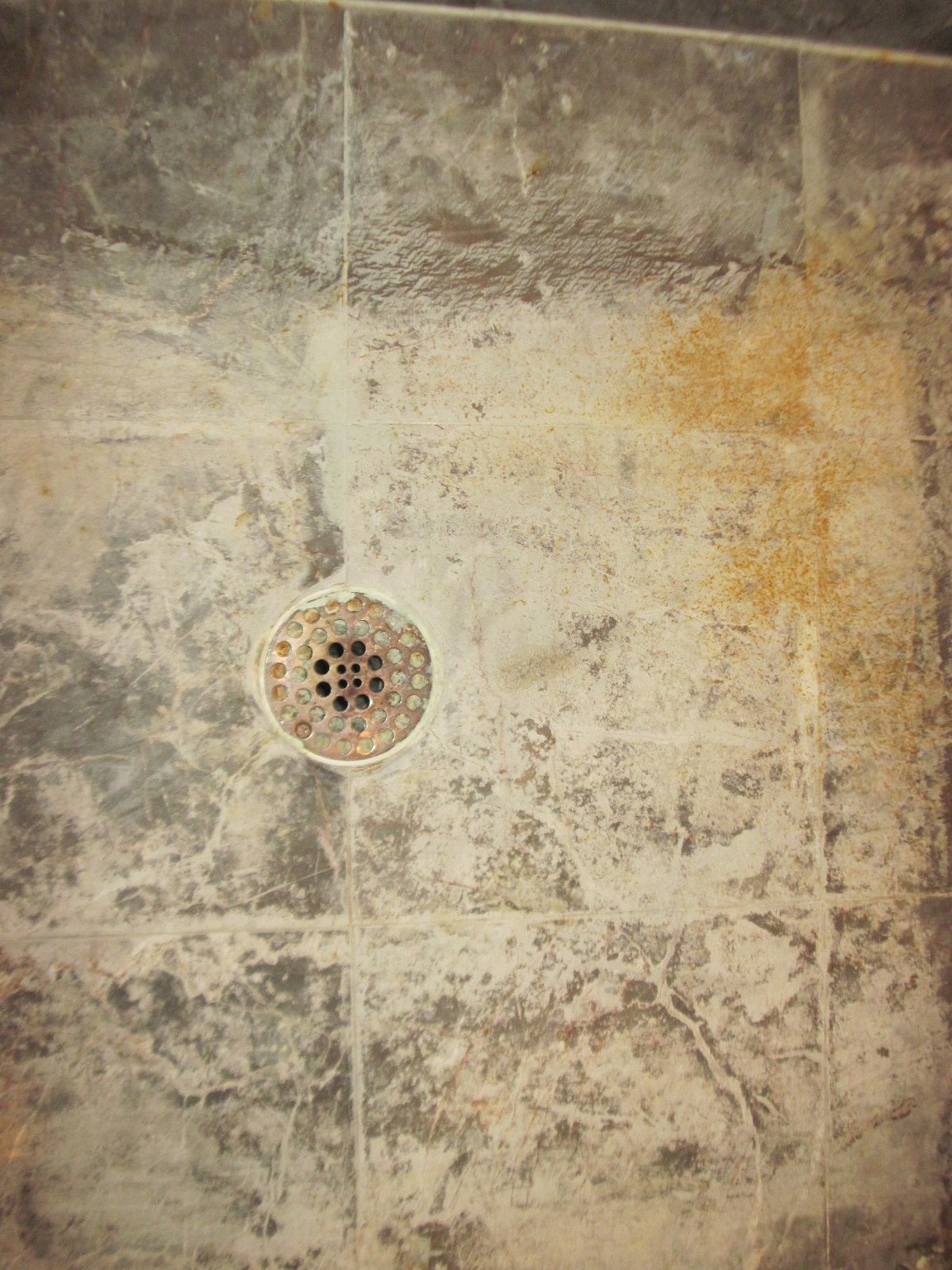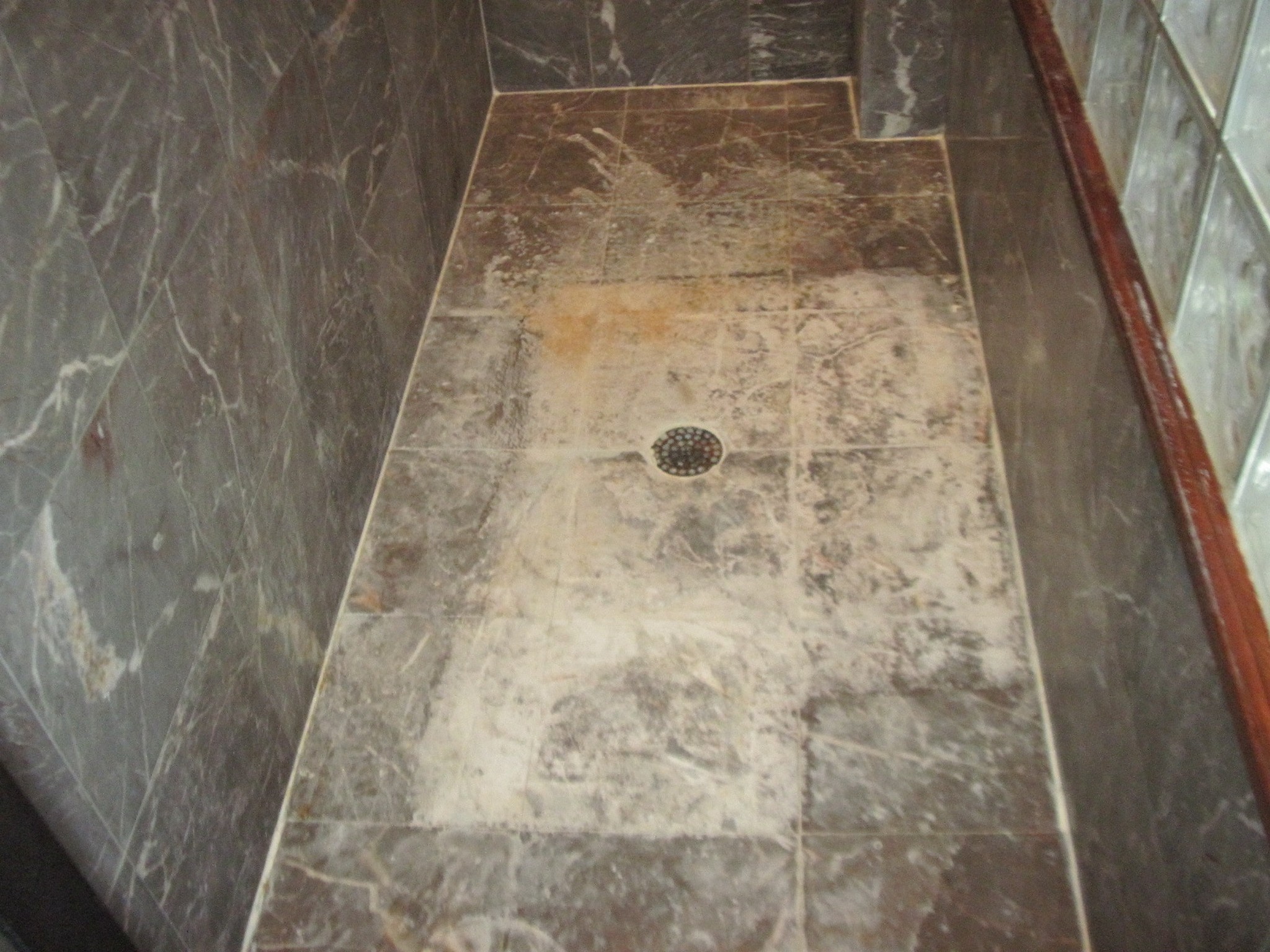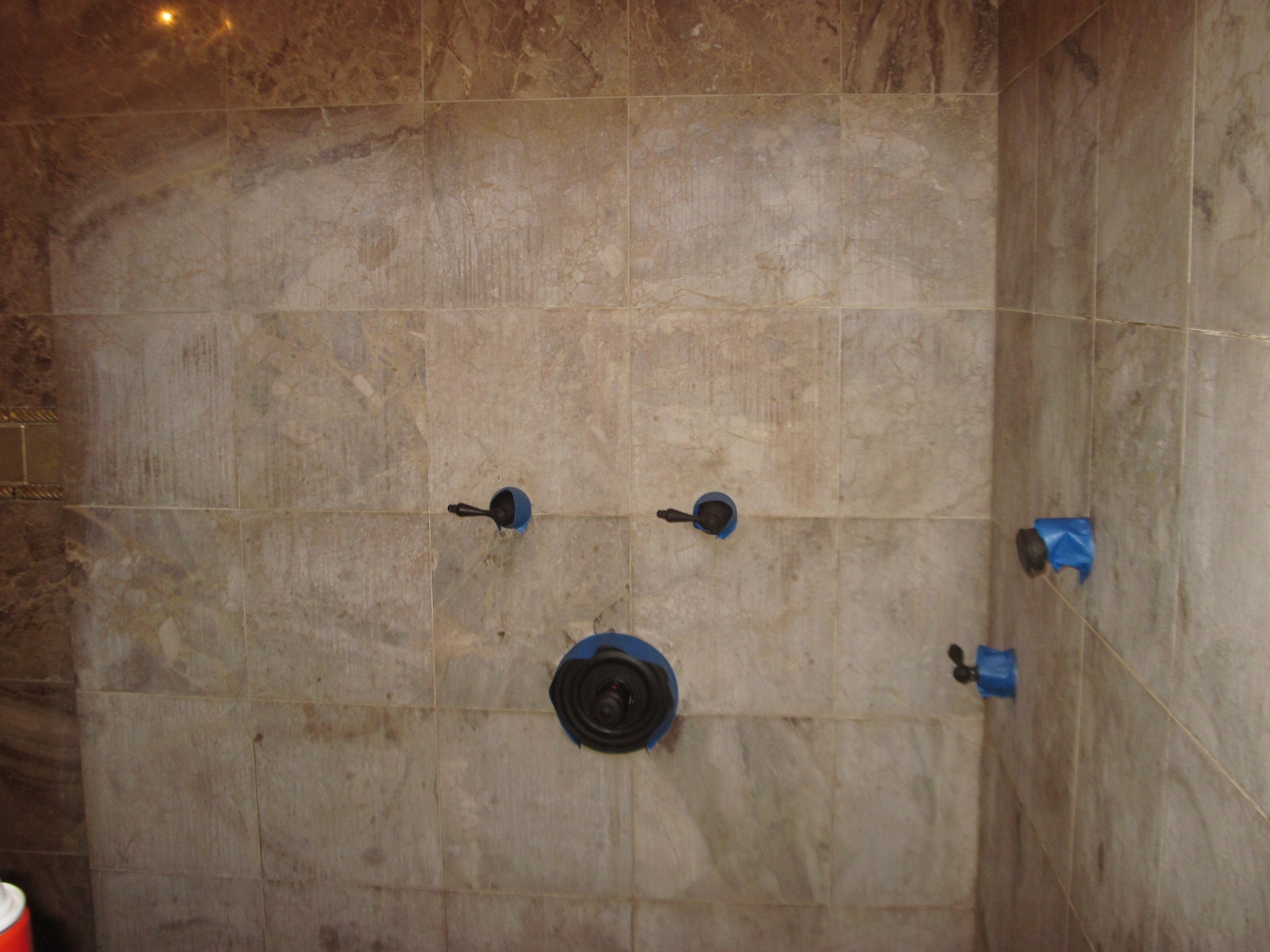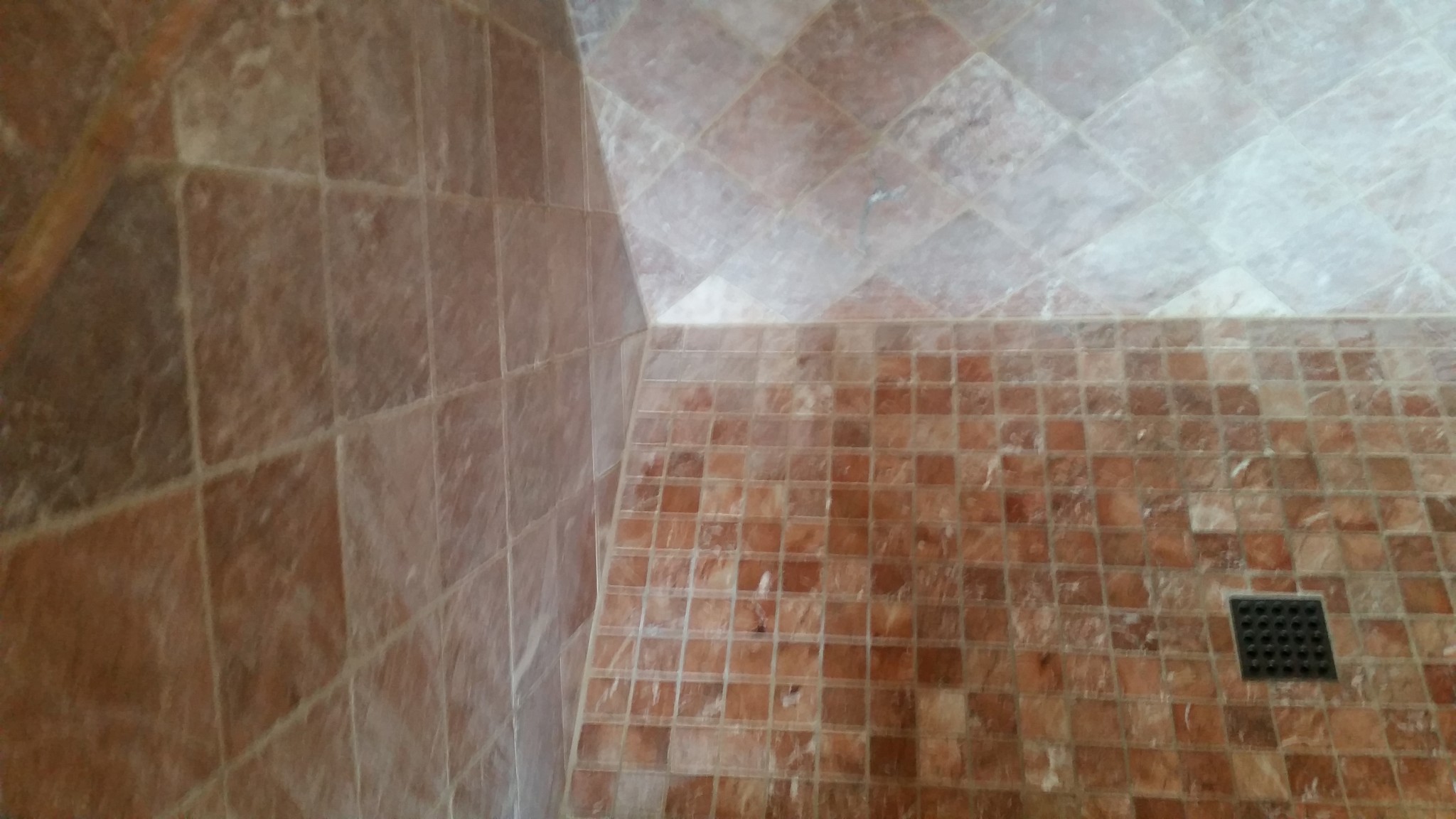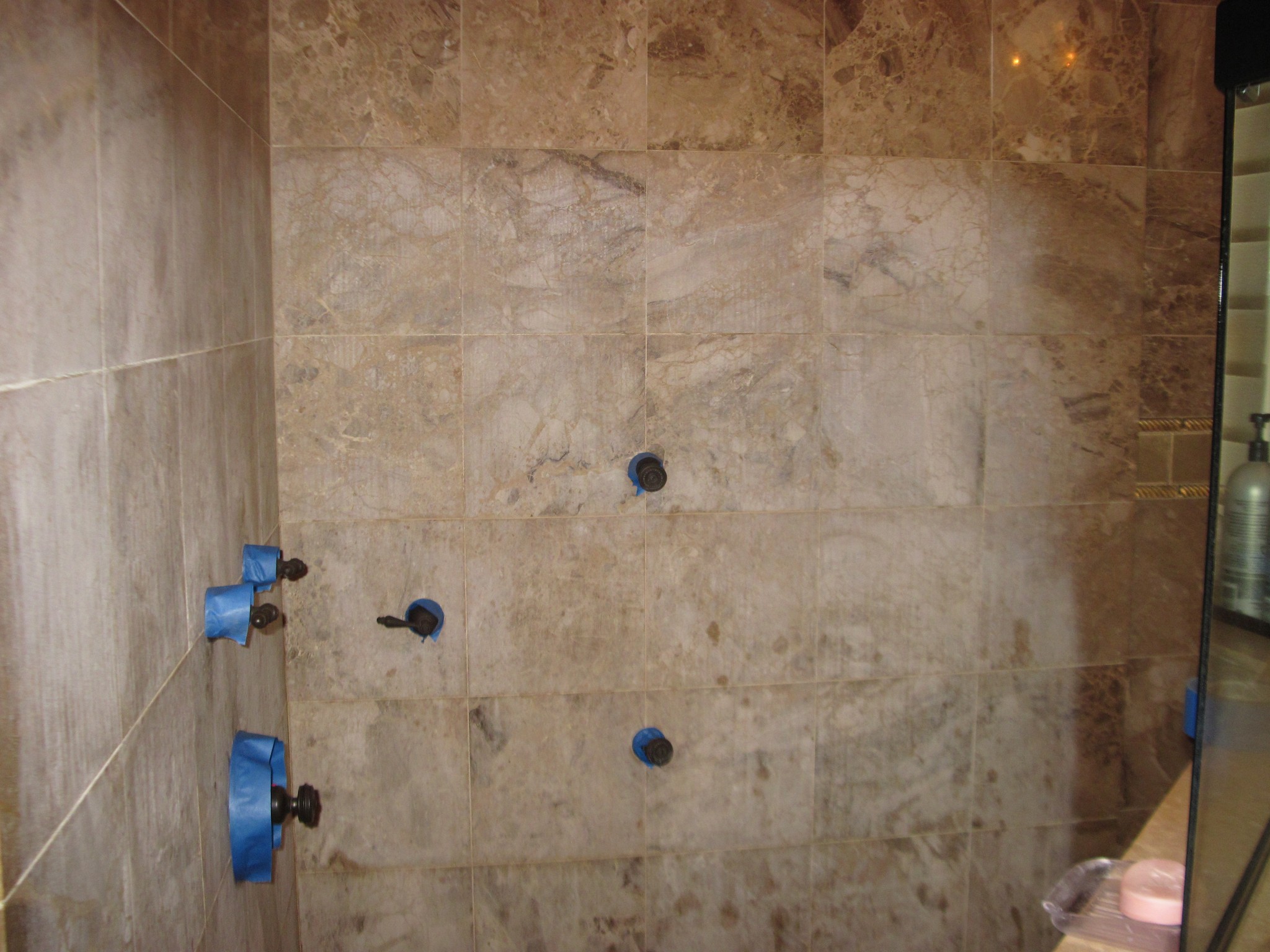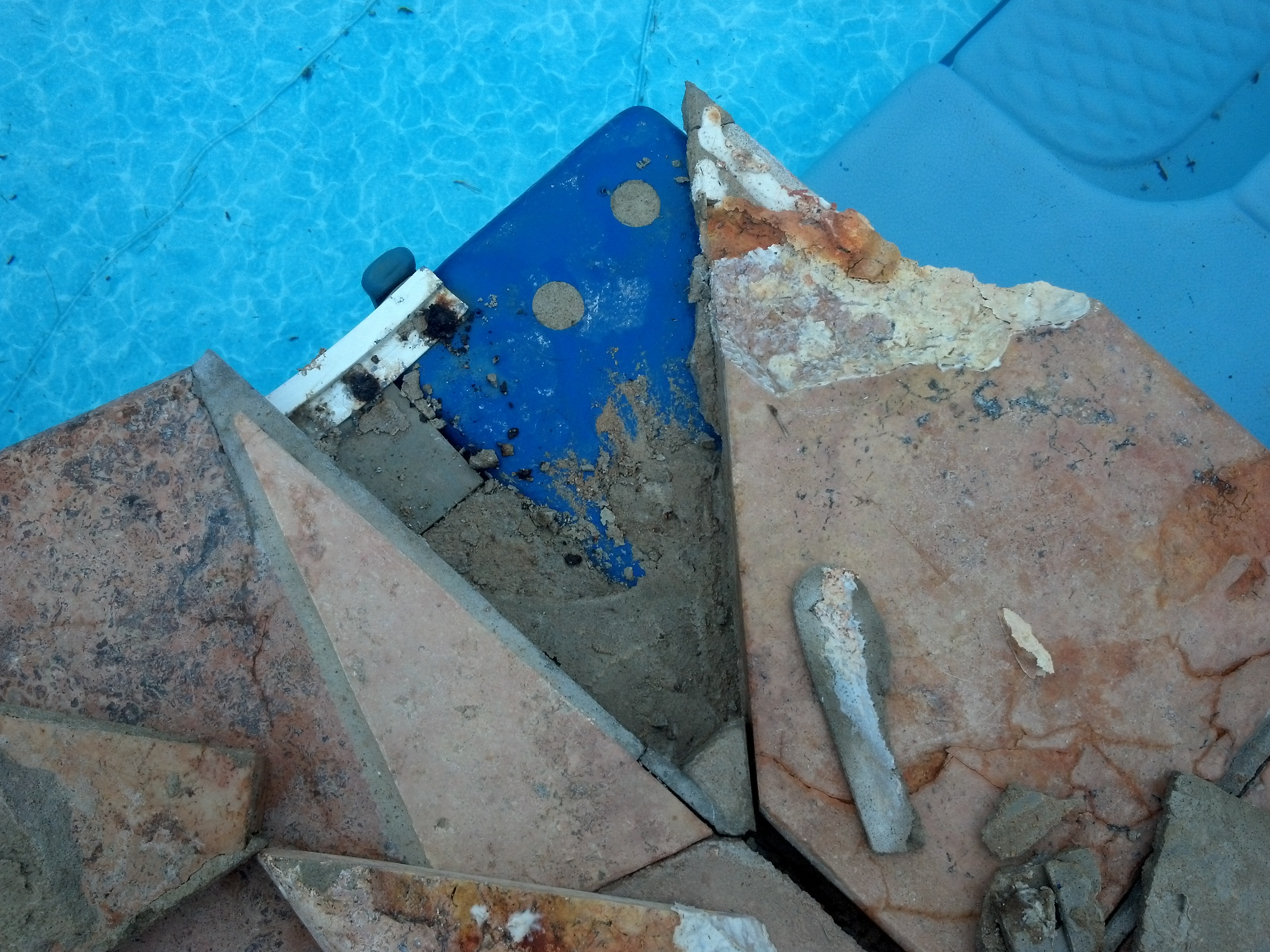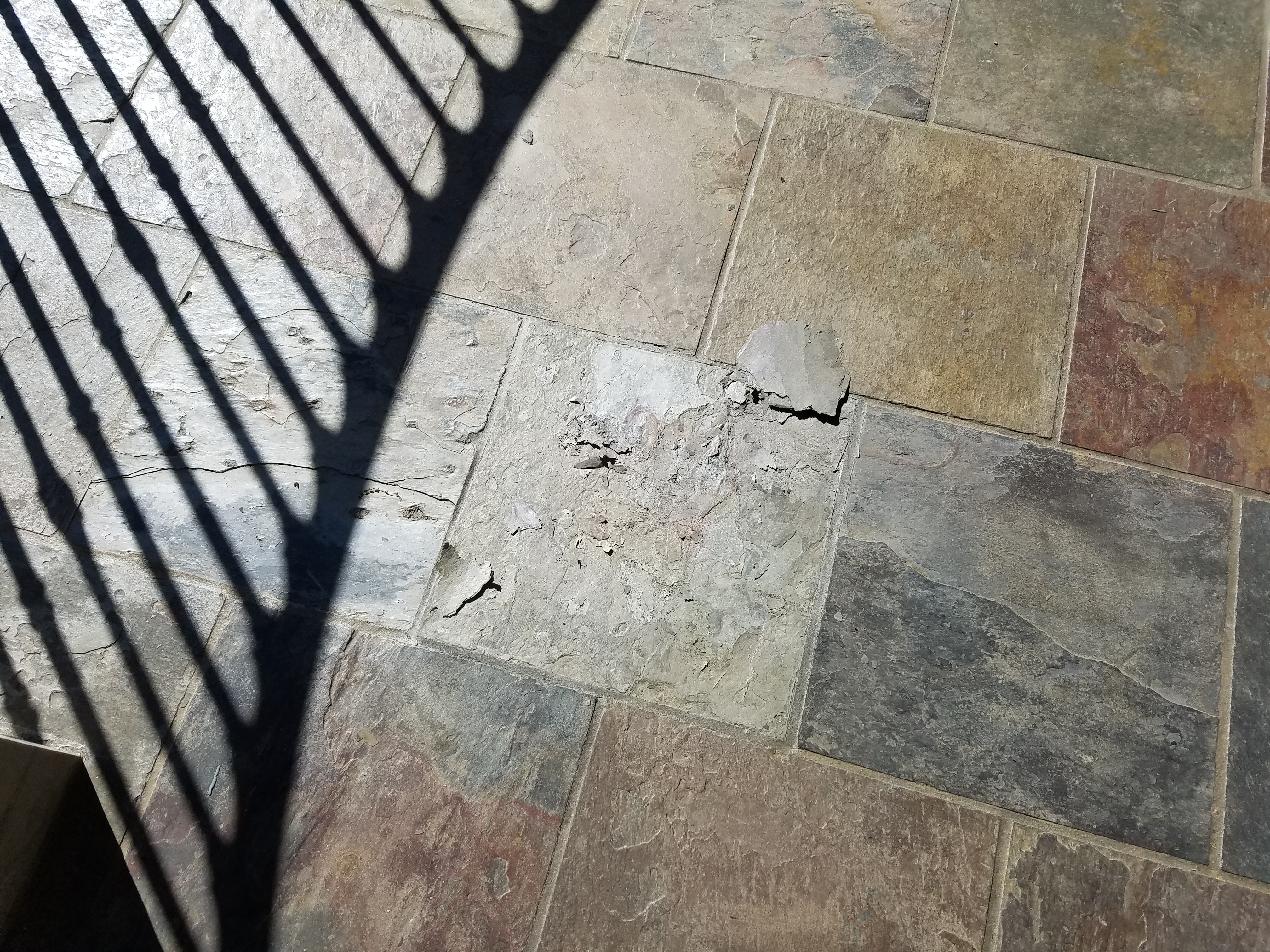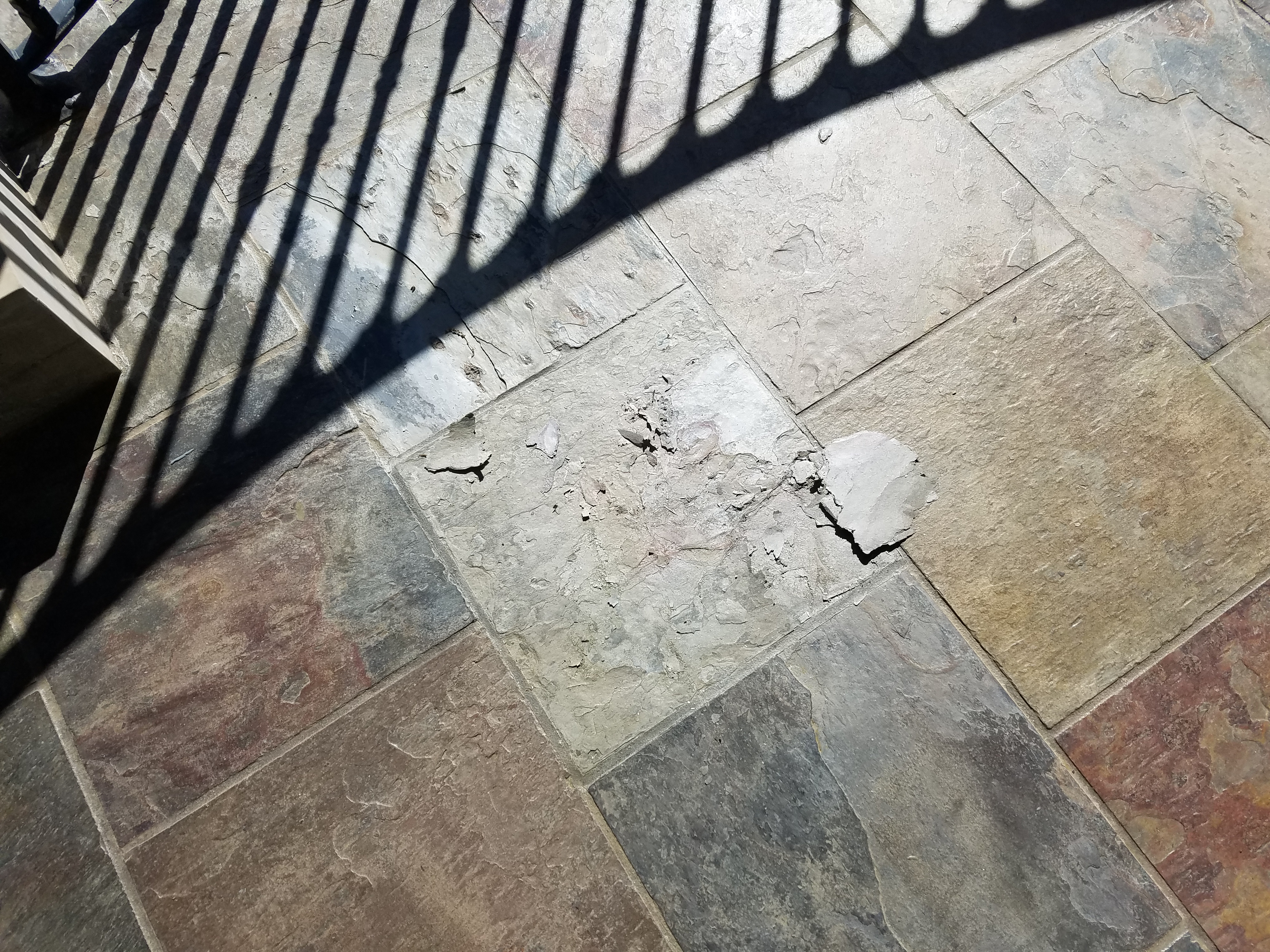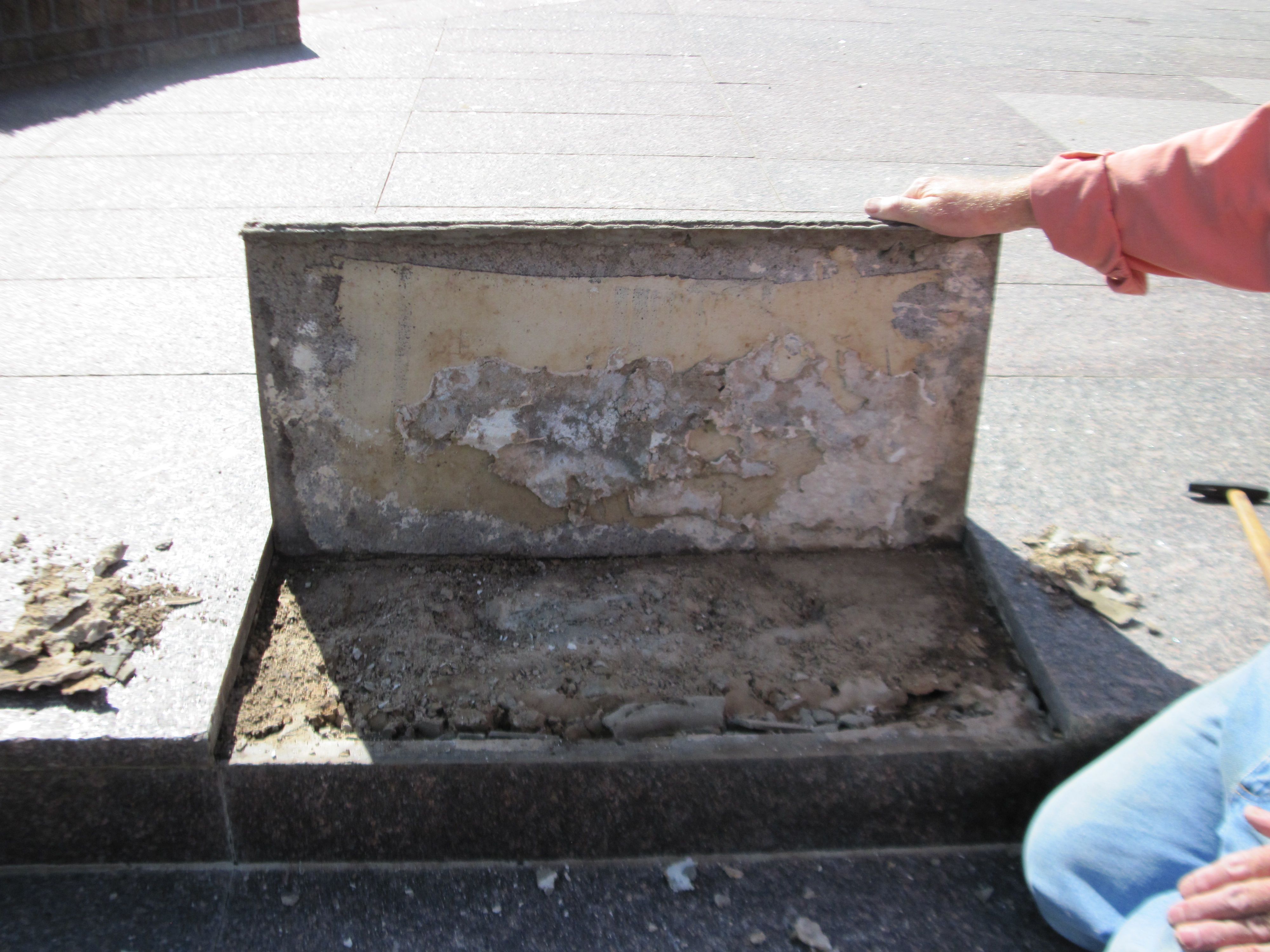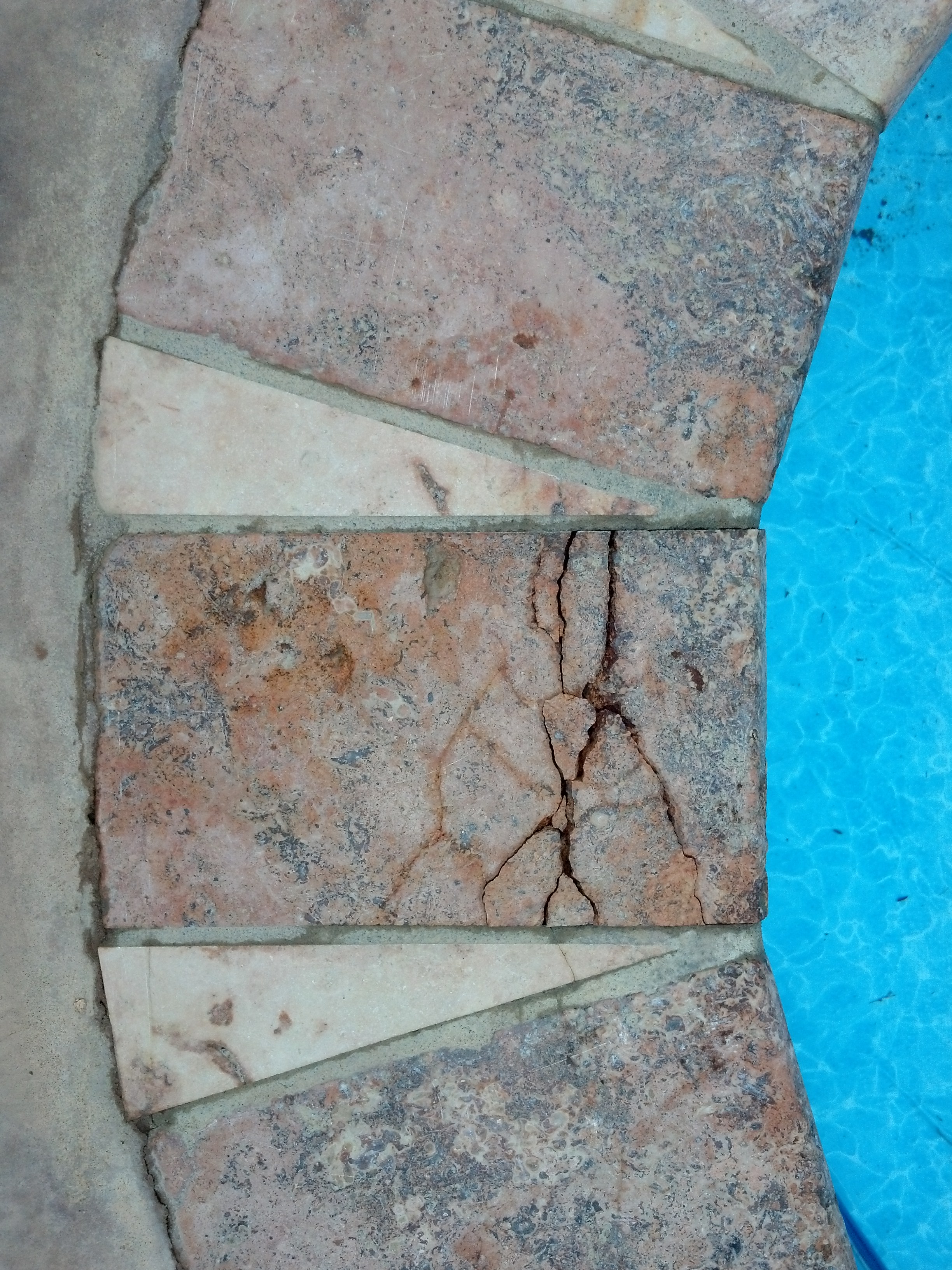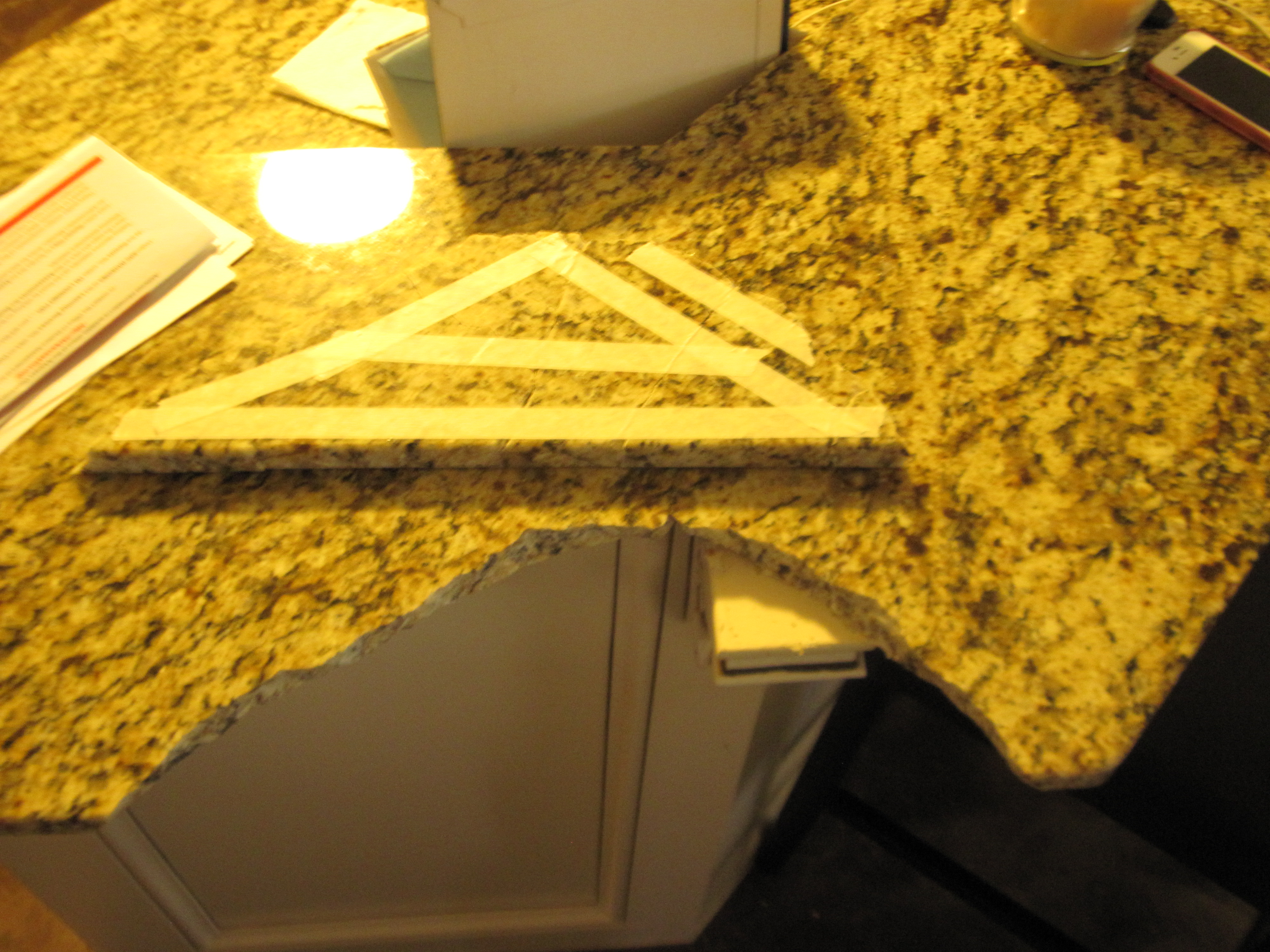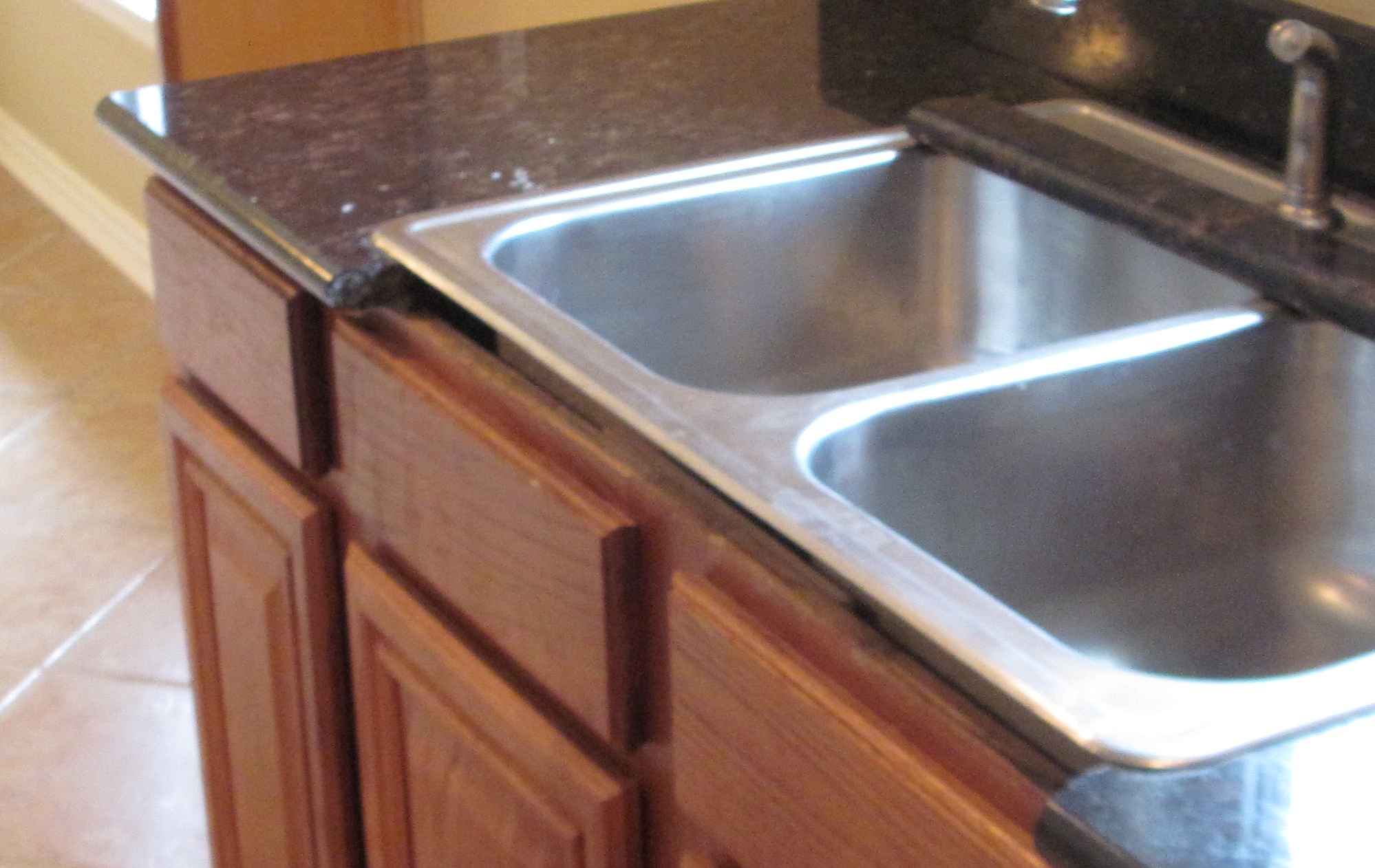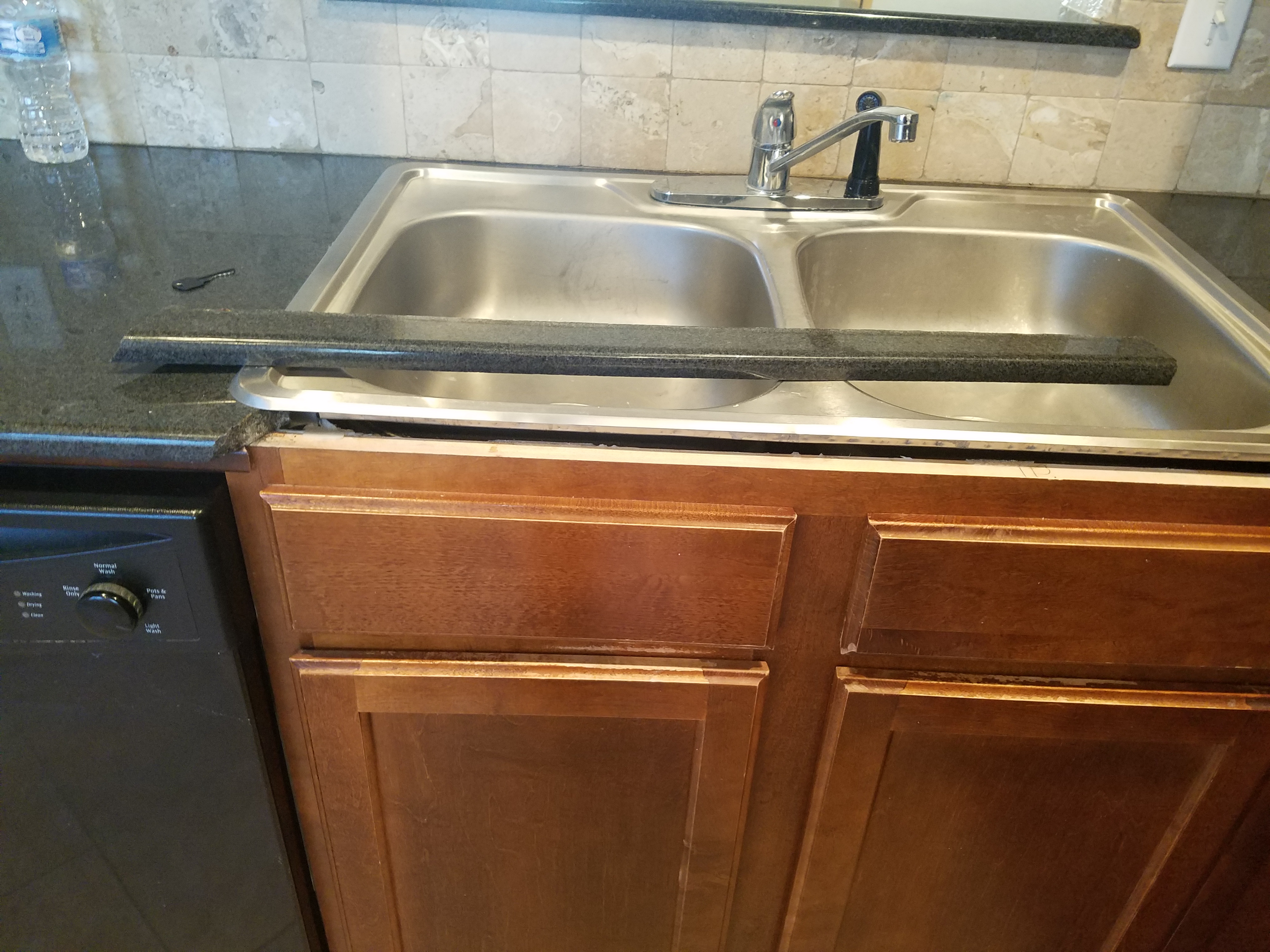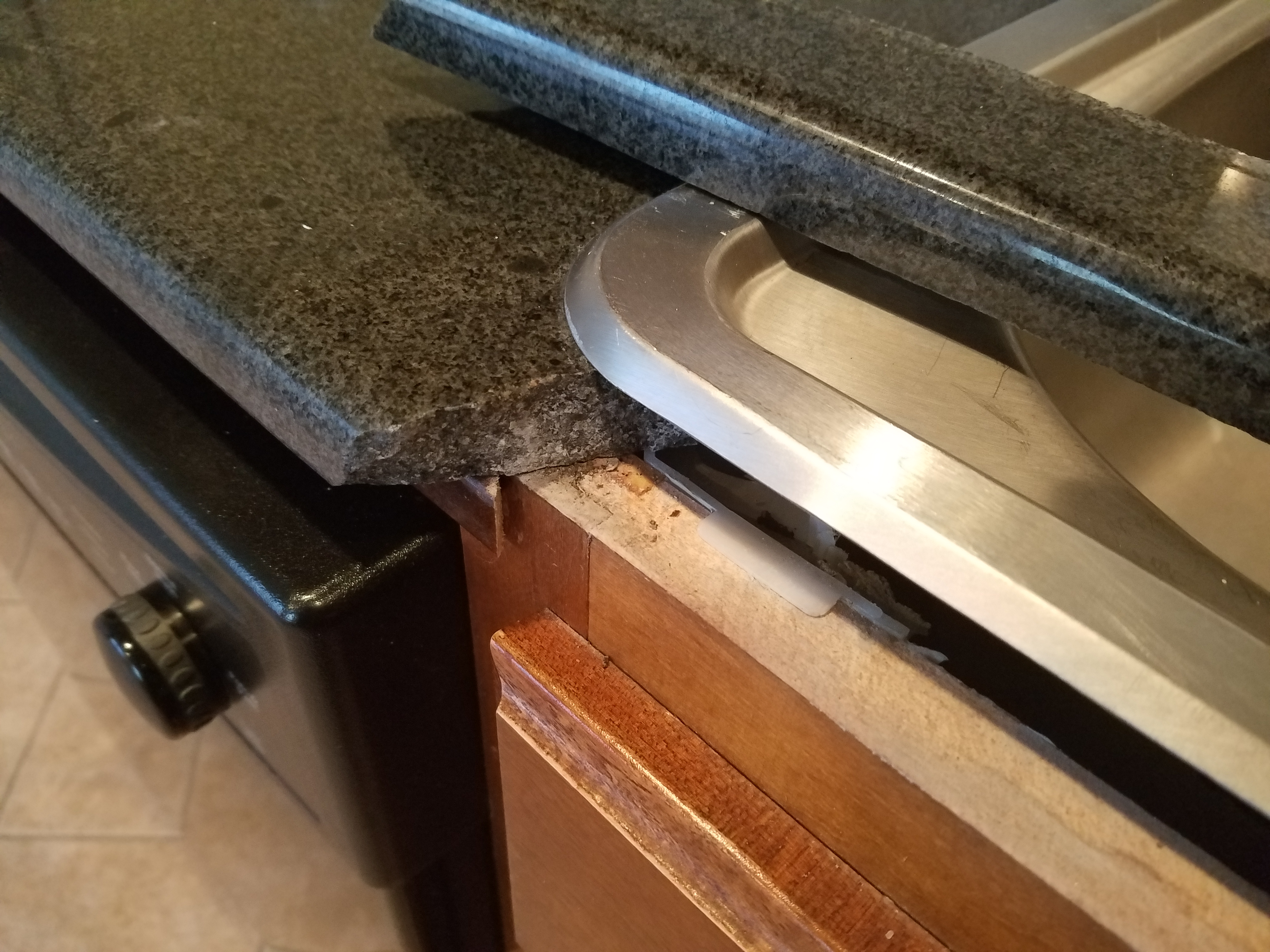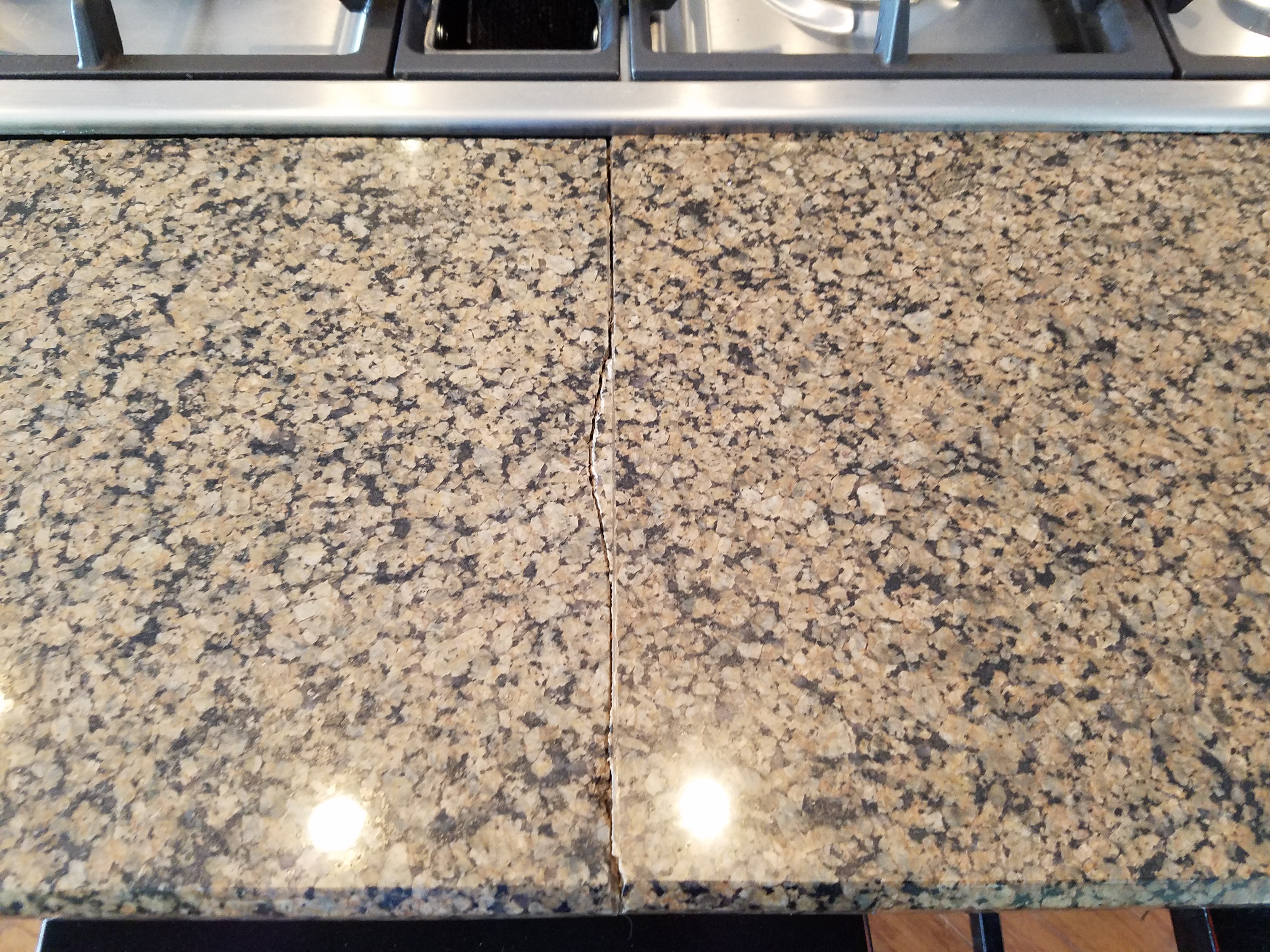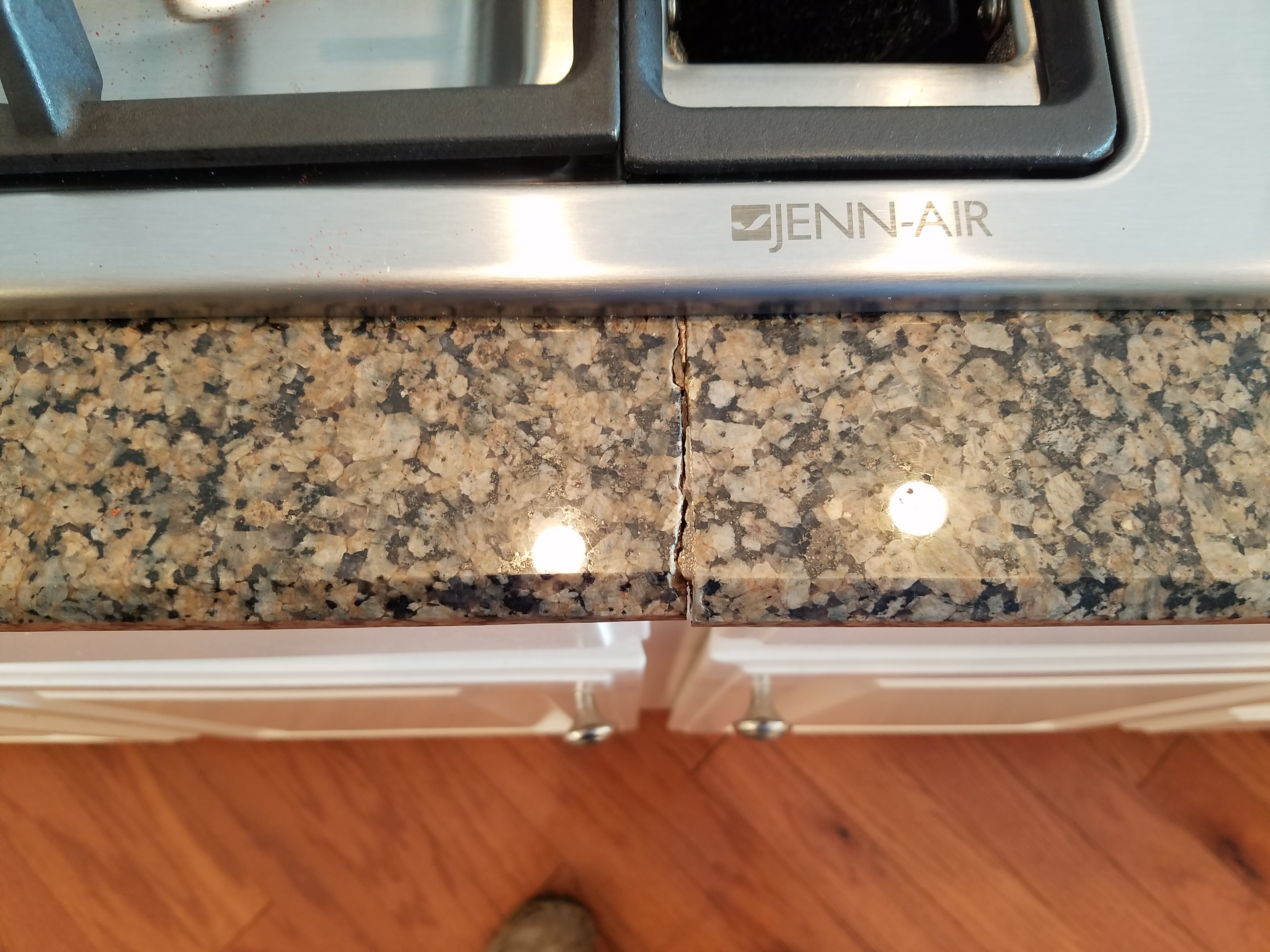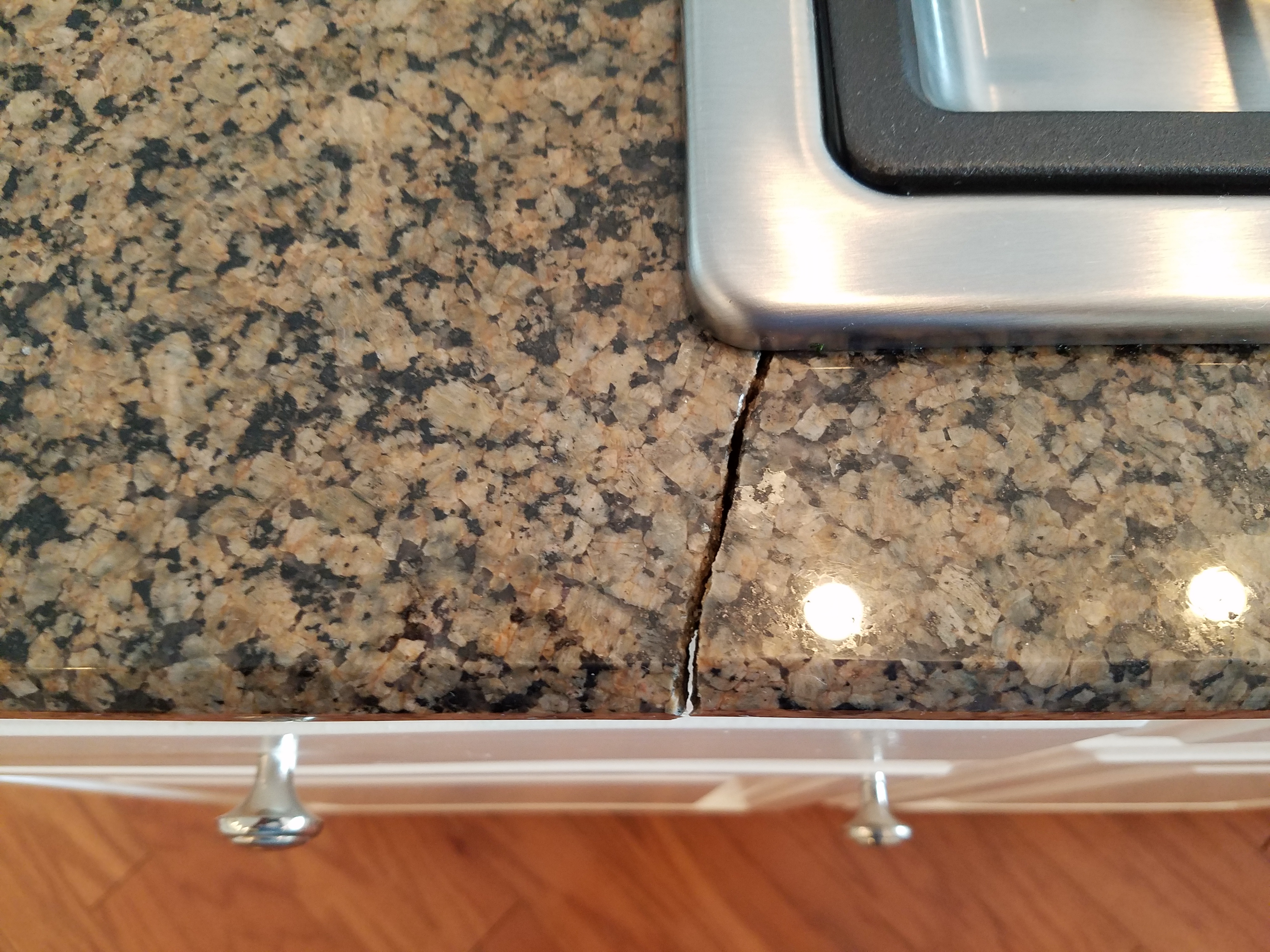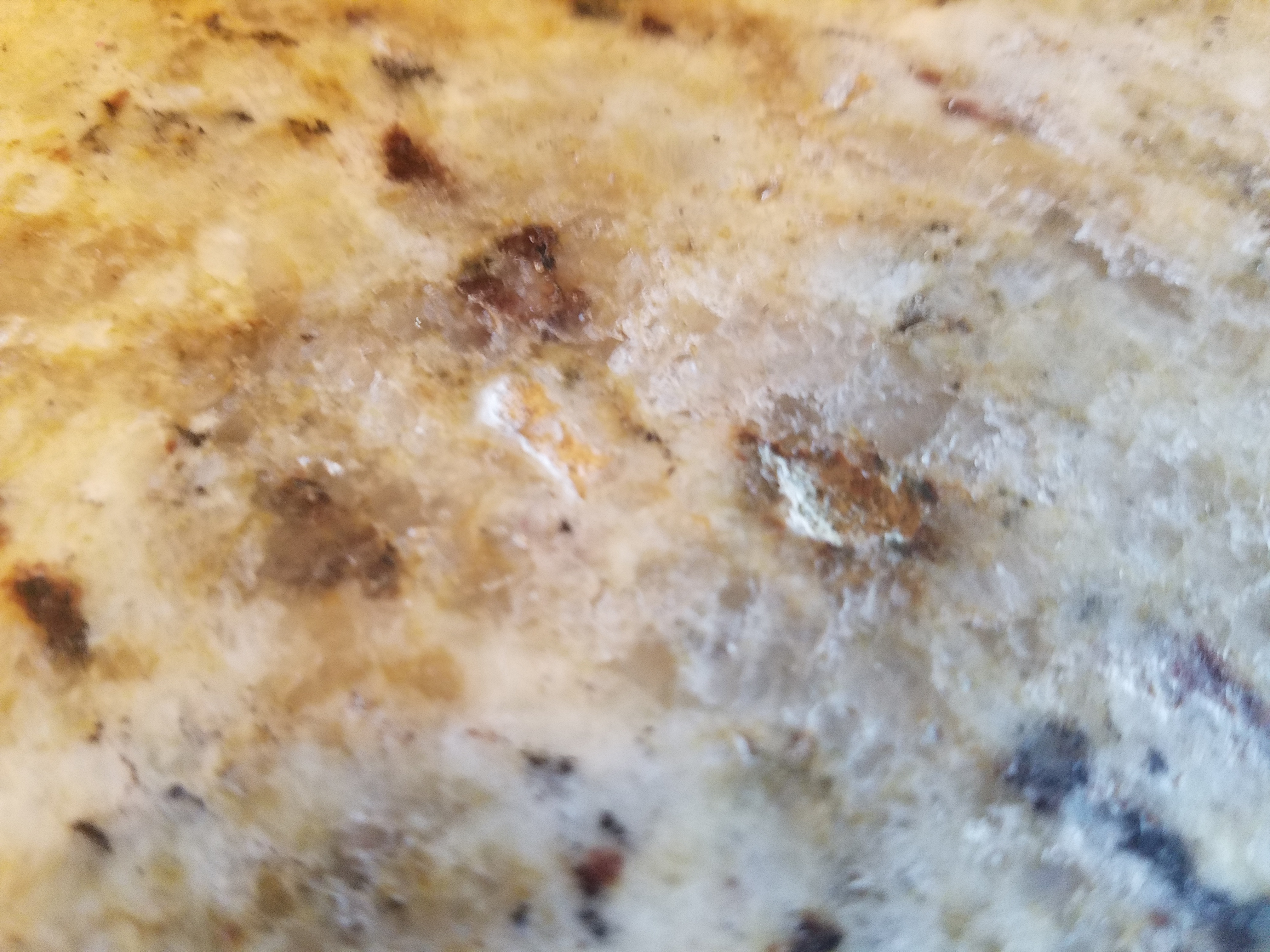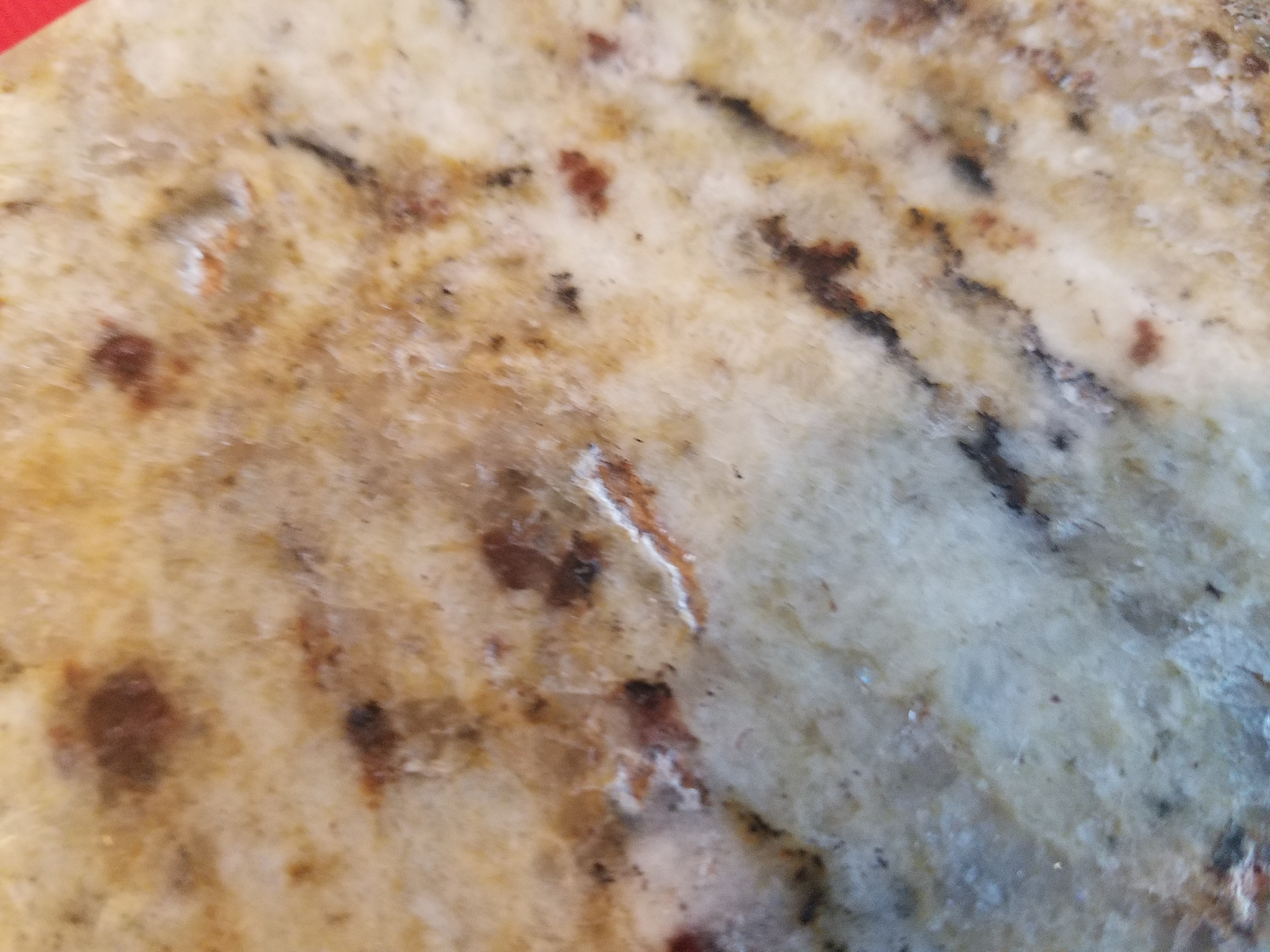Travertine
What is Travertine?
Travertine is a metamorphic rock formed in limestone caves or hot springs, is often recognizable by the naturally occurring pits and holes throughout its body caused by carbon dioxide evasion. Though technically a type of limestone that has been impacted by additional heat and pressure from the earth.
The color of travertine, which falls into the warm neutral range, is influenced by the amount of iron and other organic impurities found within the earth's crust where particular slabs are mined. On the lighter side, travertine showcases ivory and beige though it can be more golden or even dark brown.
Travertine Finishes
Honed Finish
Honed travertine has a smooth and soft textured finish that can range from a matte/satin to a high sheen that is achieved by grinding one side of the unfinished stone.
Tumbled Finish
Tumbled travertine is a process where many pieces of stone that have been cut to the same size are placed in a rubber coated or plastic barrel with an abrasive grit and water. The items are packed in such a way that the pieces rub against each other with the grit between them.
Depending on the finish desired, this process can take 3-5 weeks and three or more steps using different types of grit.
Brushed Finish
Brushed travertine finish is obtained by brushing the surface of the stone with a rotary wire wheel or brush until the desired texture is achieved. Brushed stone is often unfilled and not as common as honed or tumbled stone.
Polished Finish
Polished travertine finish is acquired much the same way as a honed finish. In most cases polished stone has been filled. Polished travertine has a smooth texture and a gloss or semi-gloss finish that can sometimes be reflective.
Saw Cut Finish
Saw cut edge travertine has a finish that ranges from smooth to rough based on the quality of the stone, type of stone and type of blade used to cut the stone. It is a popular finish for pavers, but can be found in other sizes for use inside and out.
Chiseled Edge Finish
Chiseled edge travertine has a rough irregular edge instead of the straight or beveled edge that most other cuts of stone would have. The chiseled edge is intended to give the stone an aged or weathered appearance.
Popular Travertine Finishes
Polished Finish
Polished travertine is a popular option for floors, fireplaces, bathroom and kitchen countertops. There should be caution with acidic foods and use of some house hold cleaners as they may cause etch damage.
Honed Finish
Honed travertine has a soft texture in a matte-satin finish and is a low sheen. Honed travertine wears well and doesn’t show acid etch and scratch damage as polished travertine.
| Travertine floor holes are repaired by filling with color matching travertine hole filler to repair damage usually caused by rollers on chairs, high heels, large animals talons, and other high impact objects.
|
|
 |
|
Honed Travertine floors have a soft texture to the touch and have a warm look with little to no gloss depending on desired finish. The honed floor finish is easier to take care of. The floor shows less possible scratch and acid etch damage and refinishes well.
|
|
| Polished travertine floors can be polished to a stain, semi-gloss or high polished finish depend on the stone and the possible obtainable desired finish. Polishing a honed floor helps with evening out the blauchy finish of an exisiting/installed floor
|
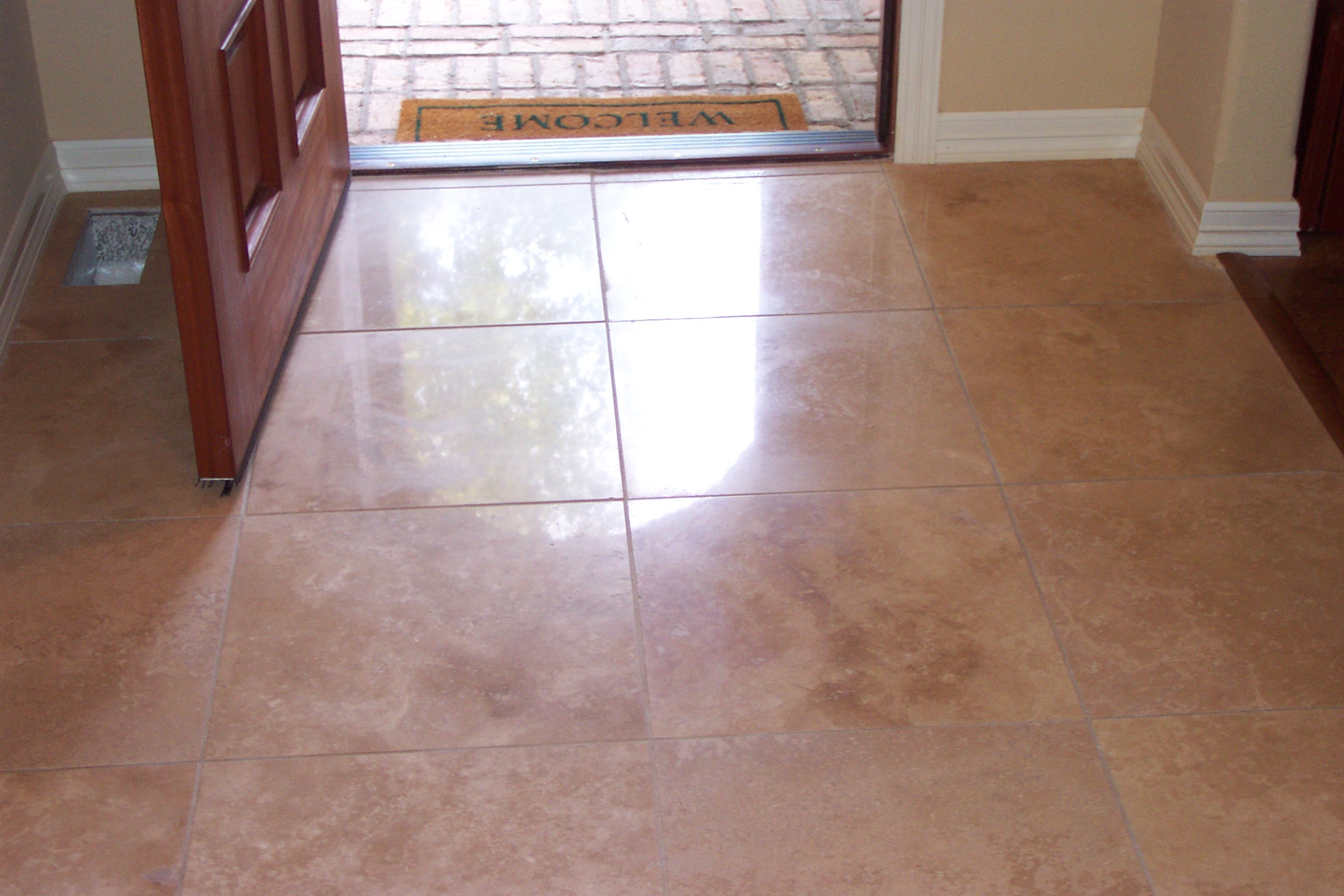 |
 |
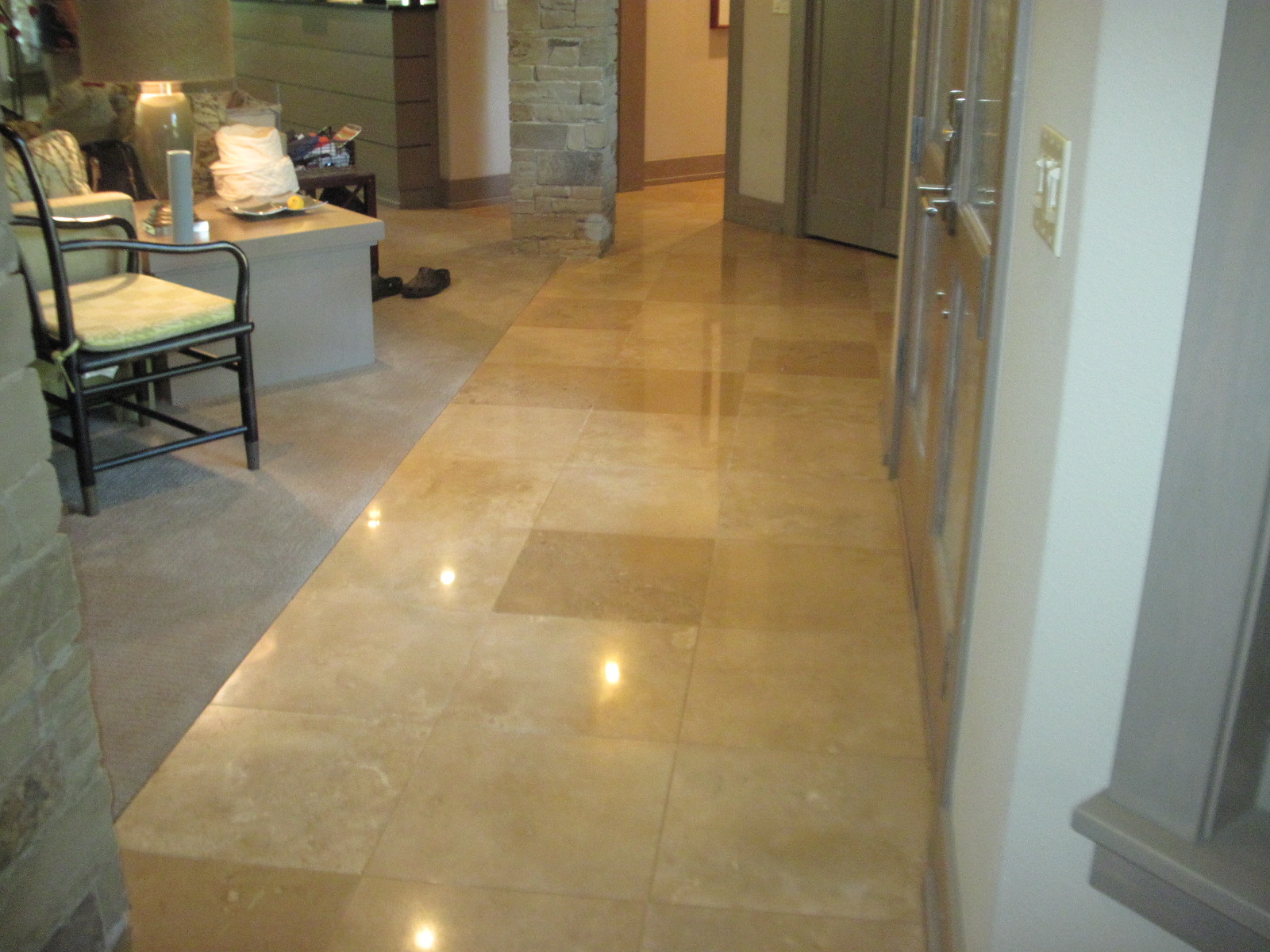 |
 |
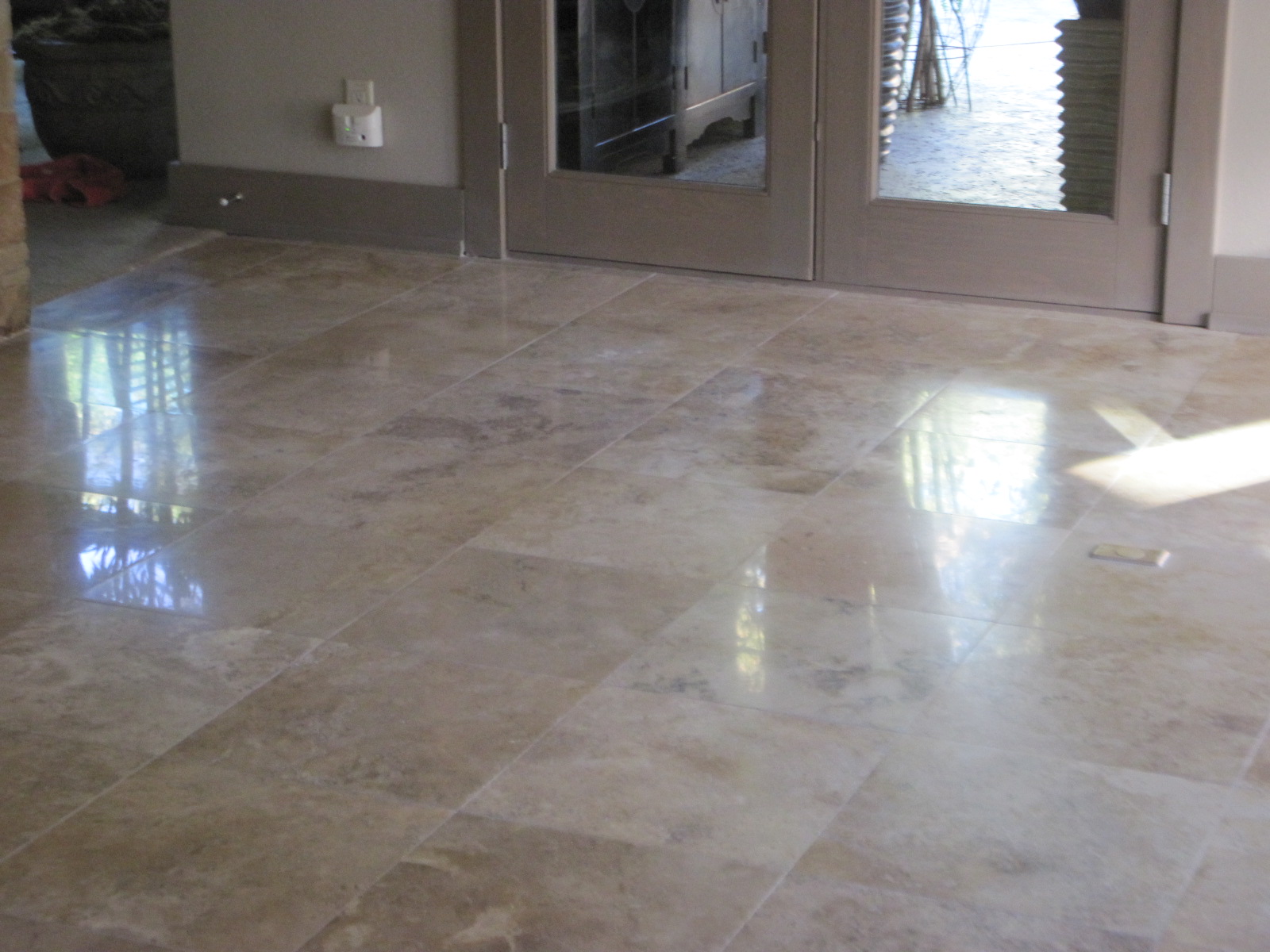 |


